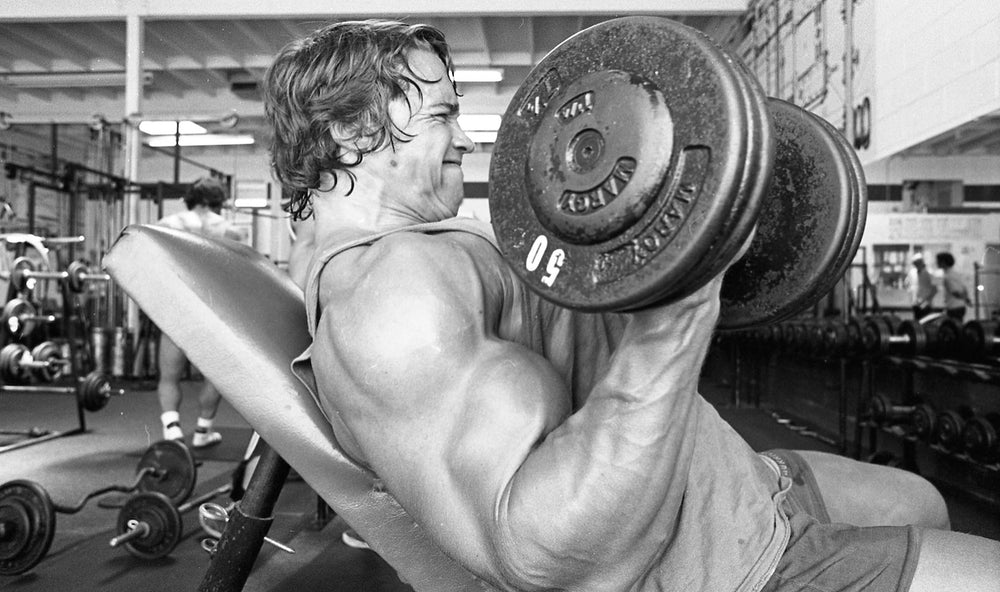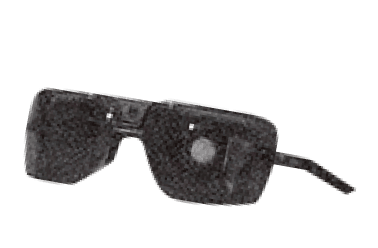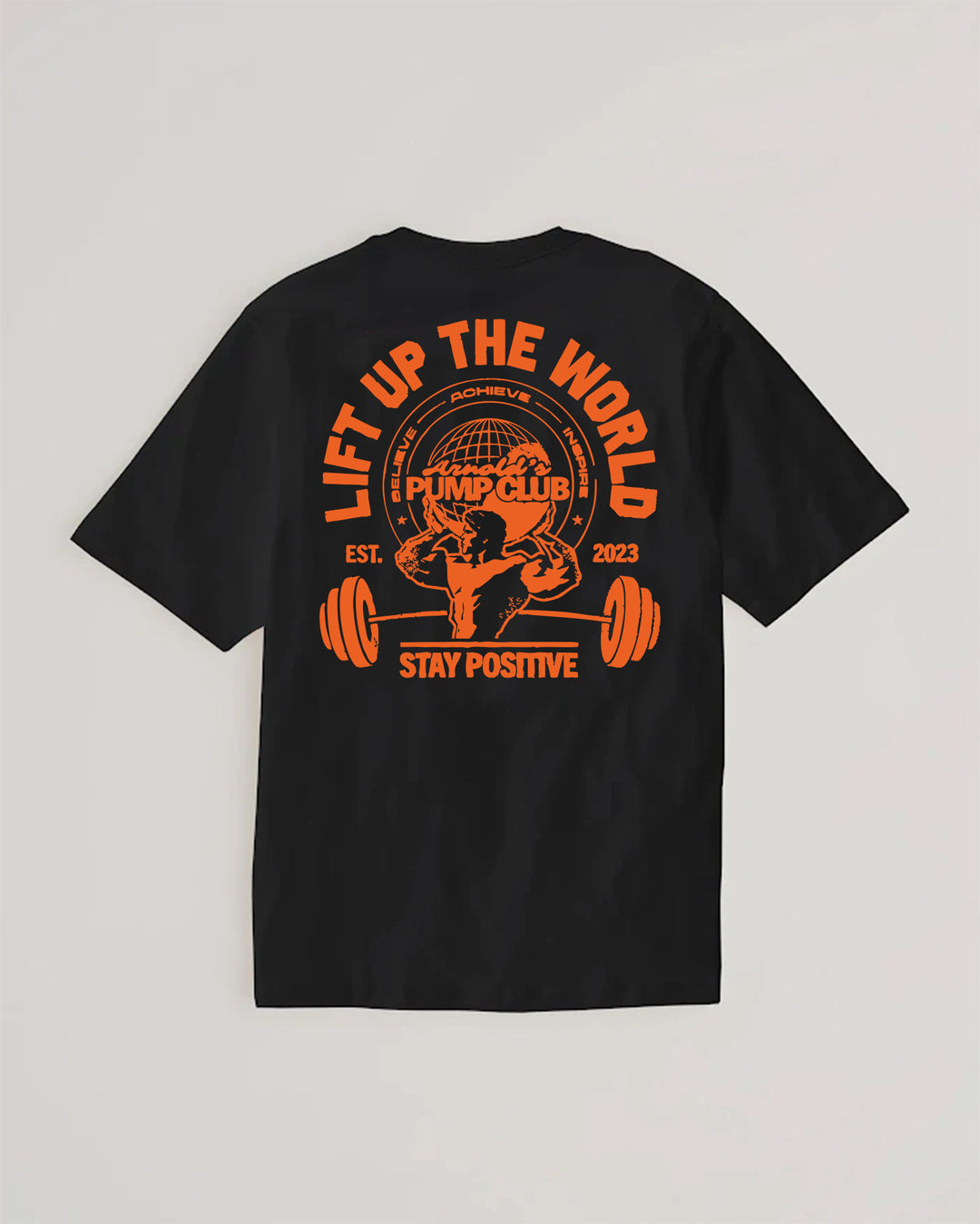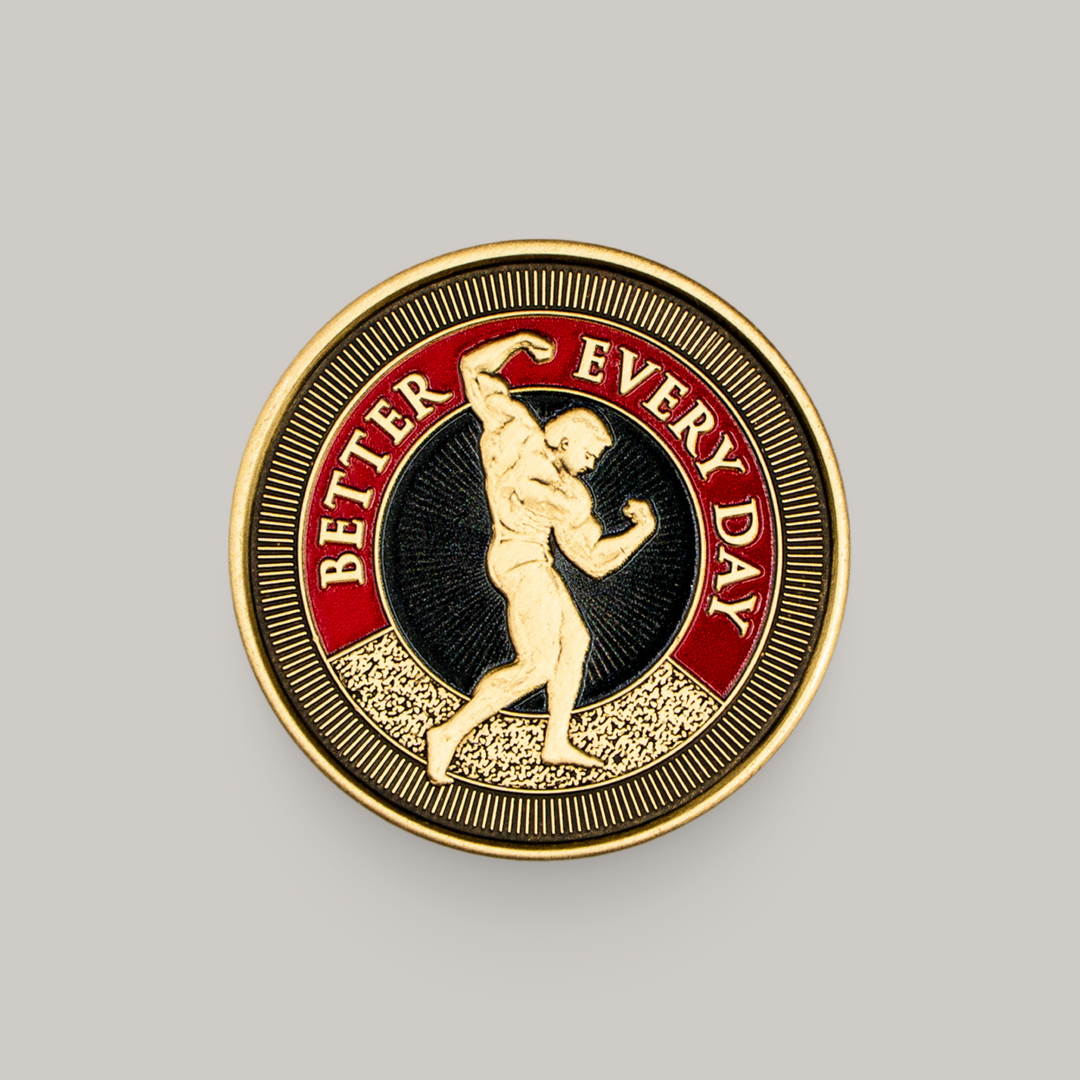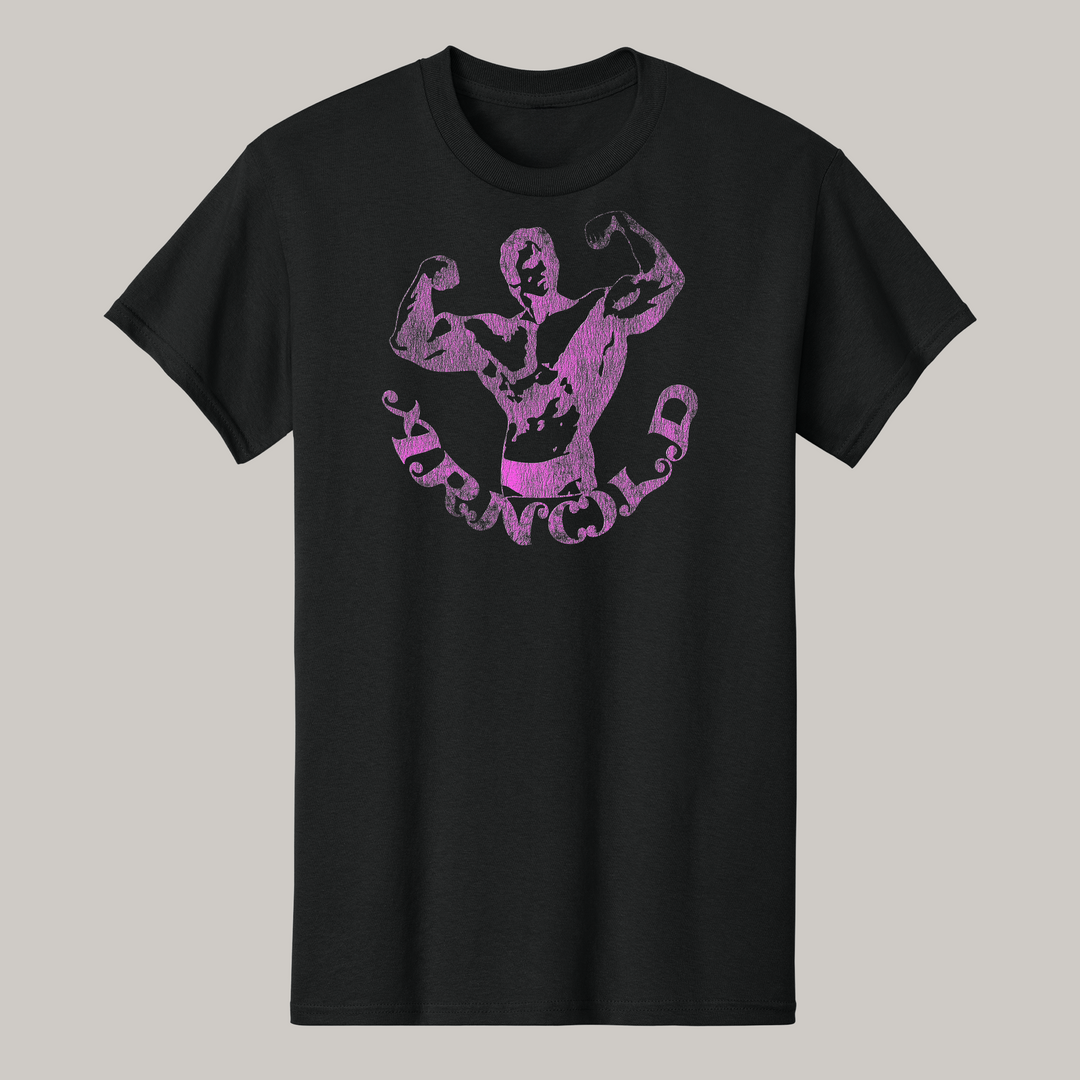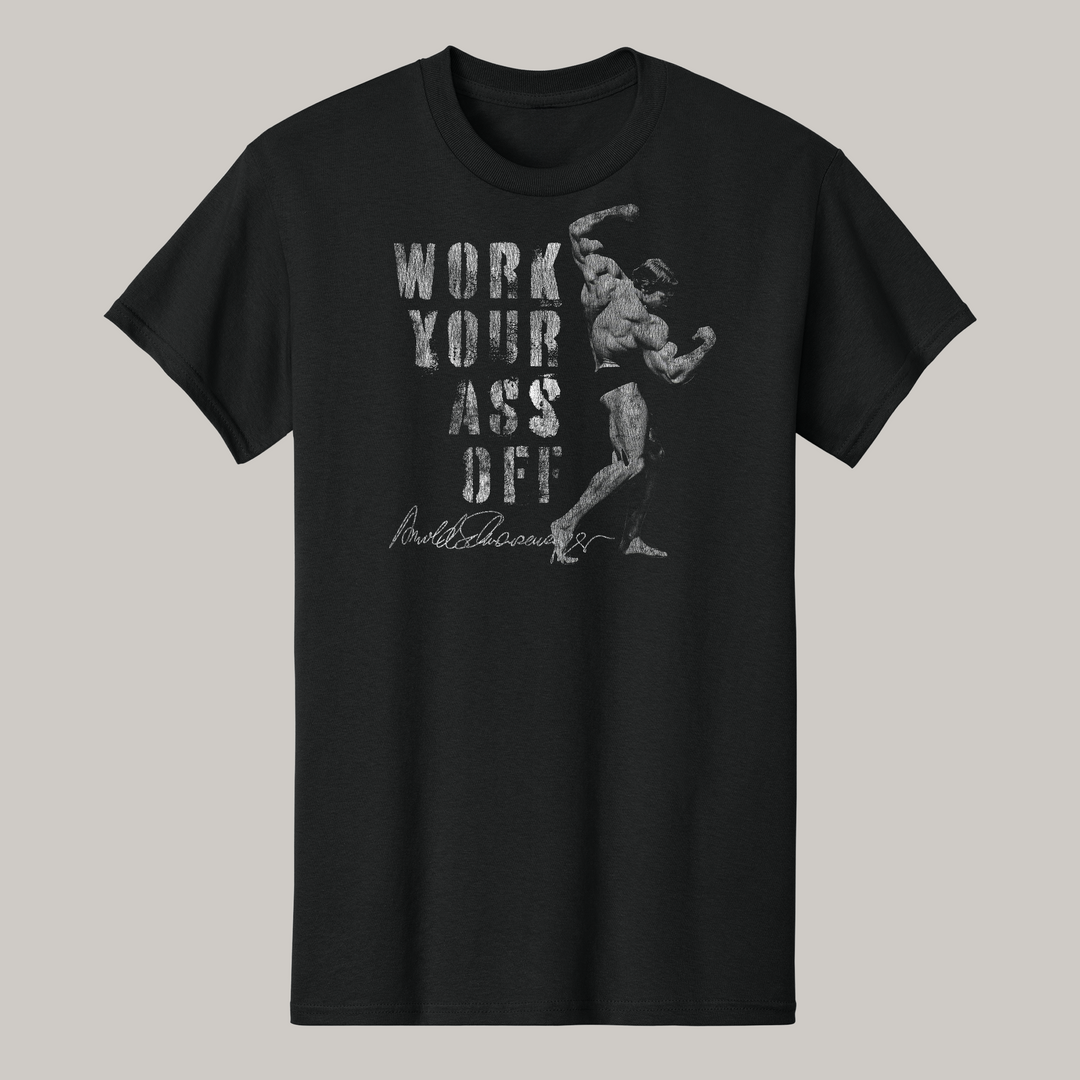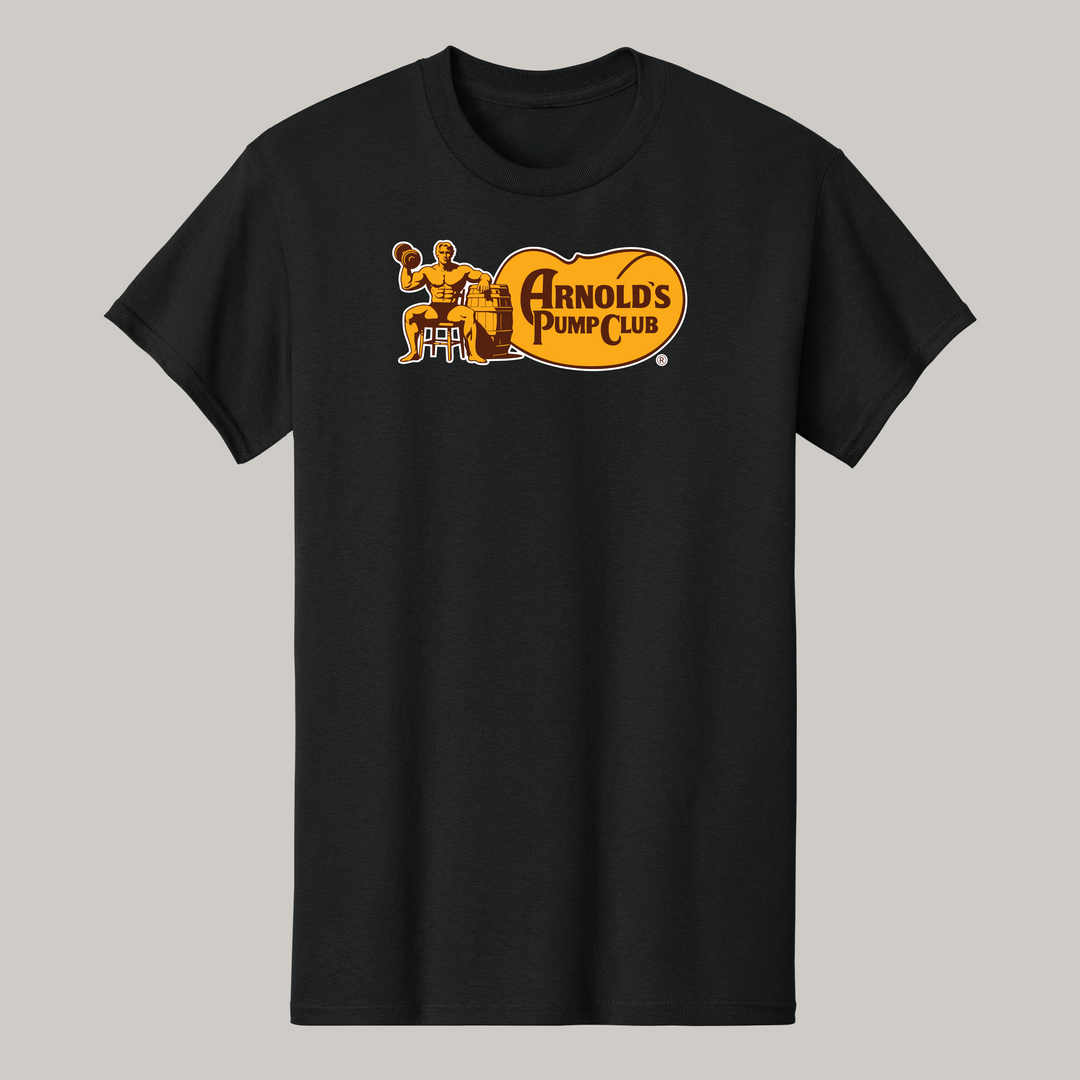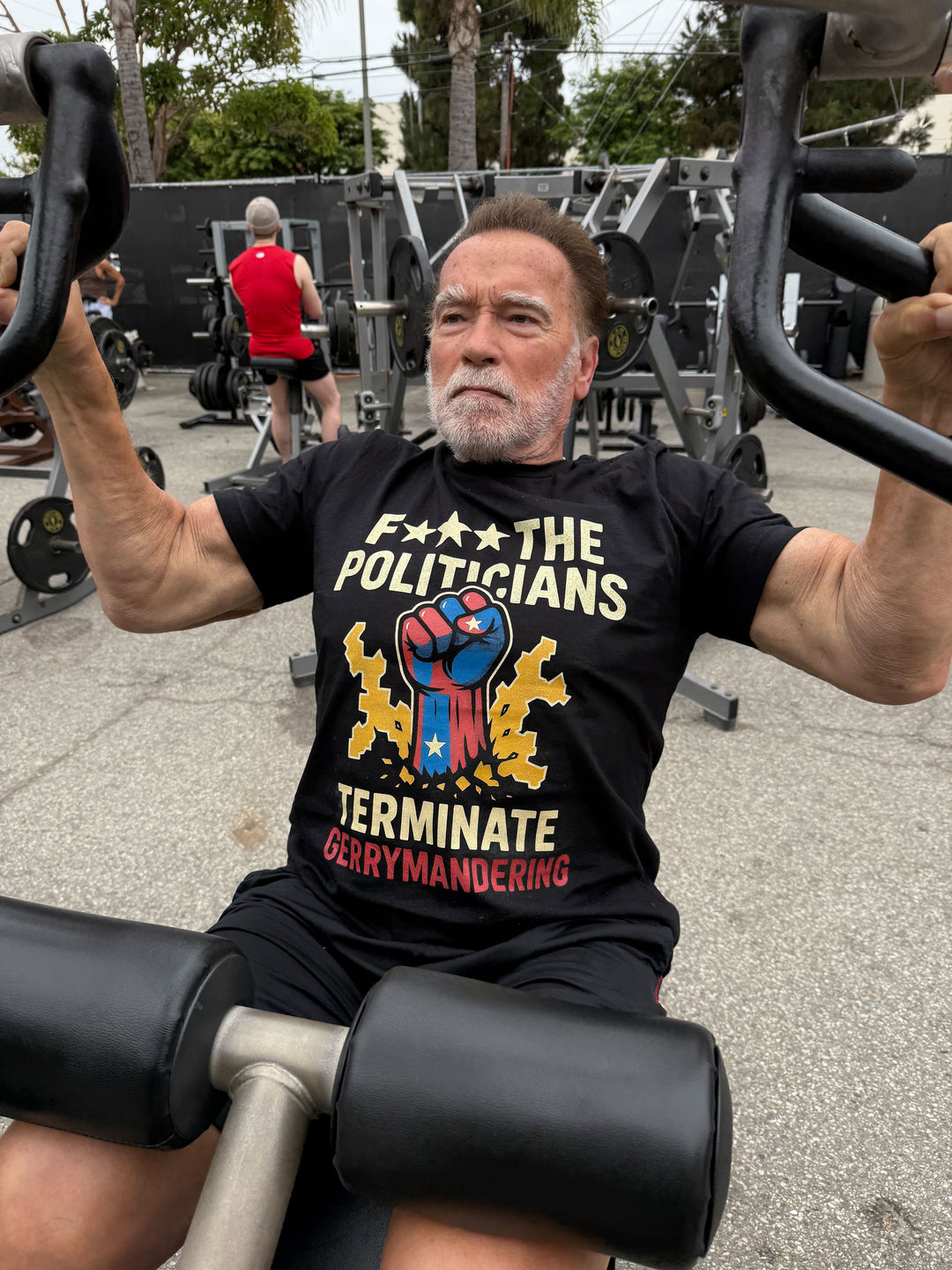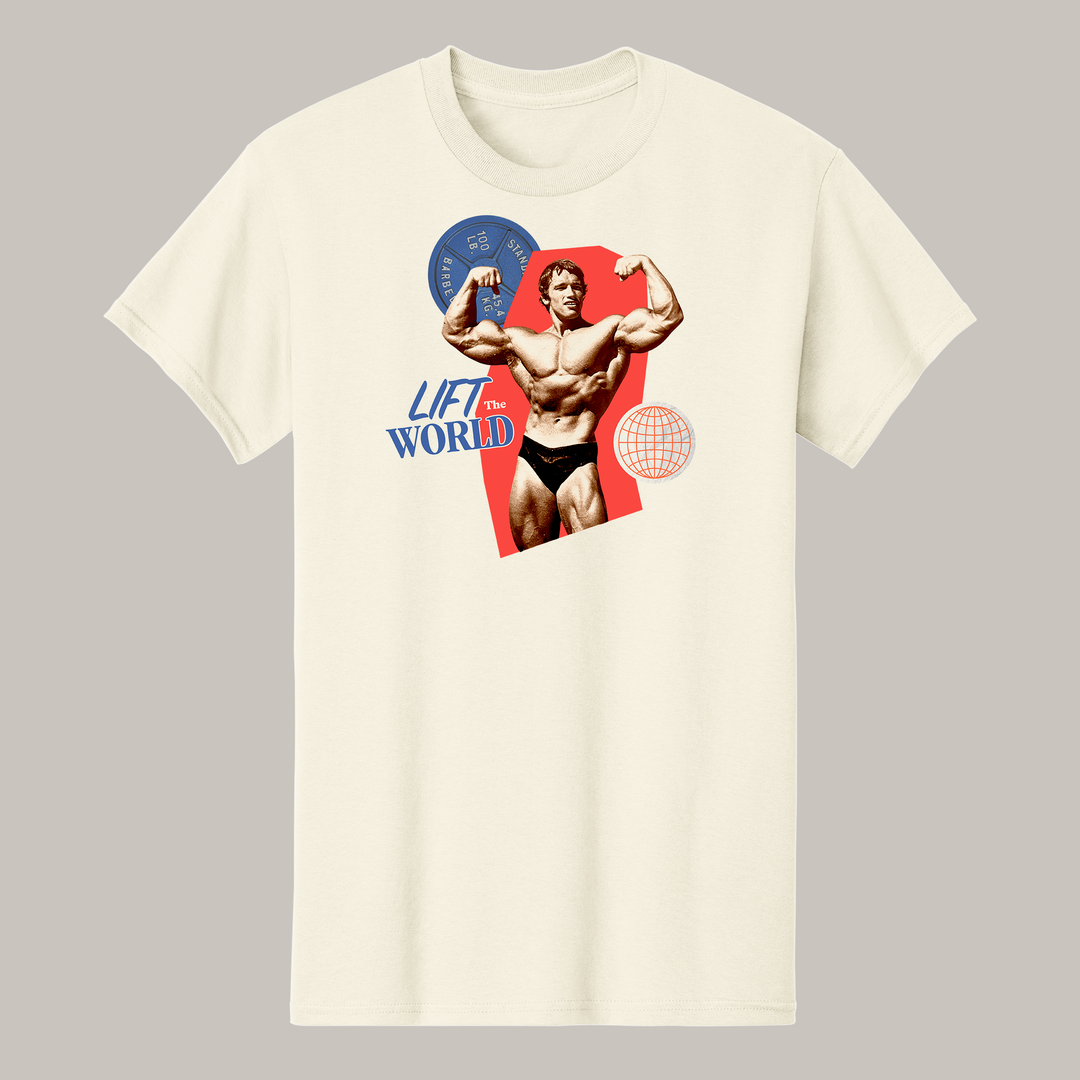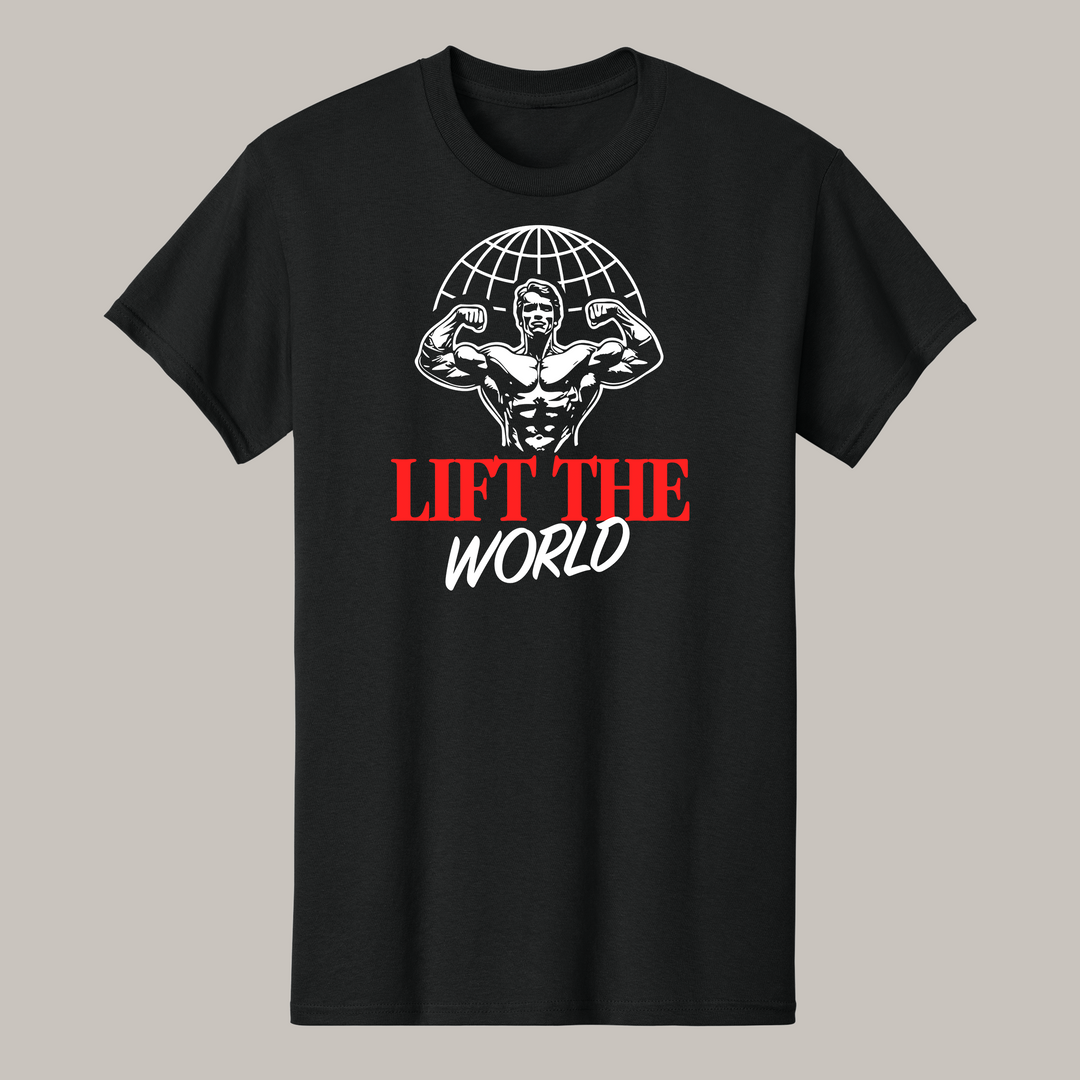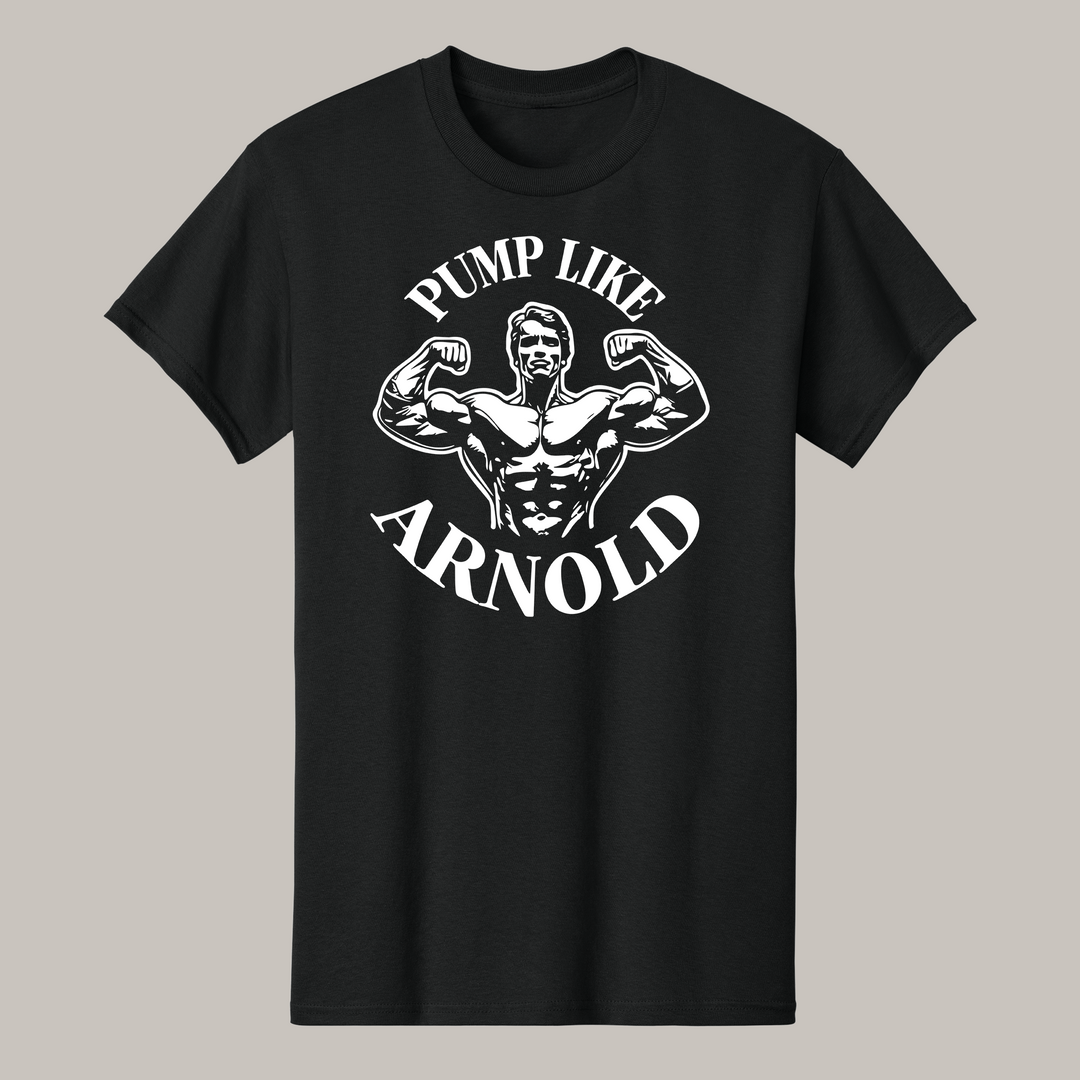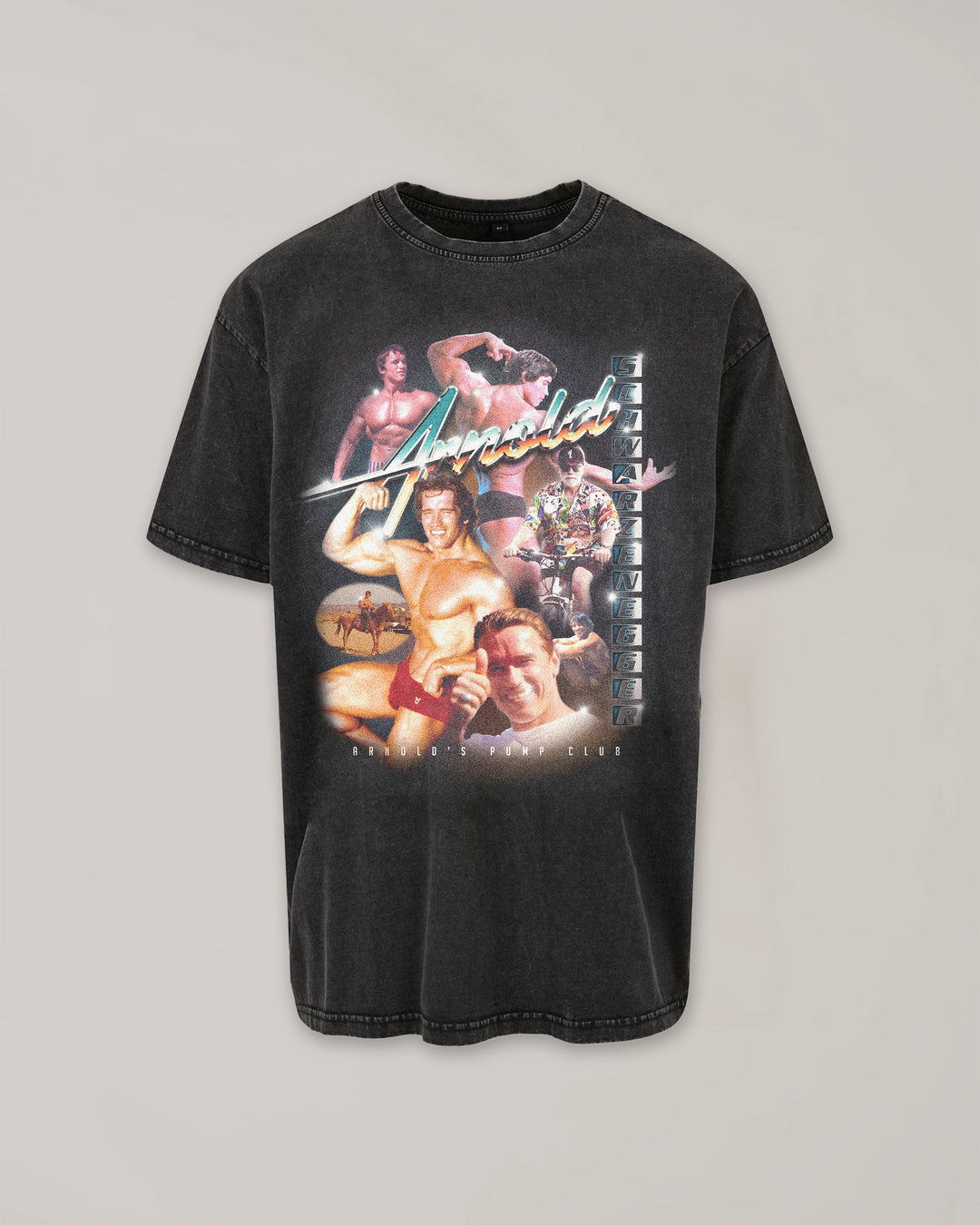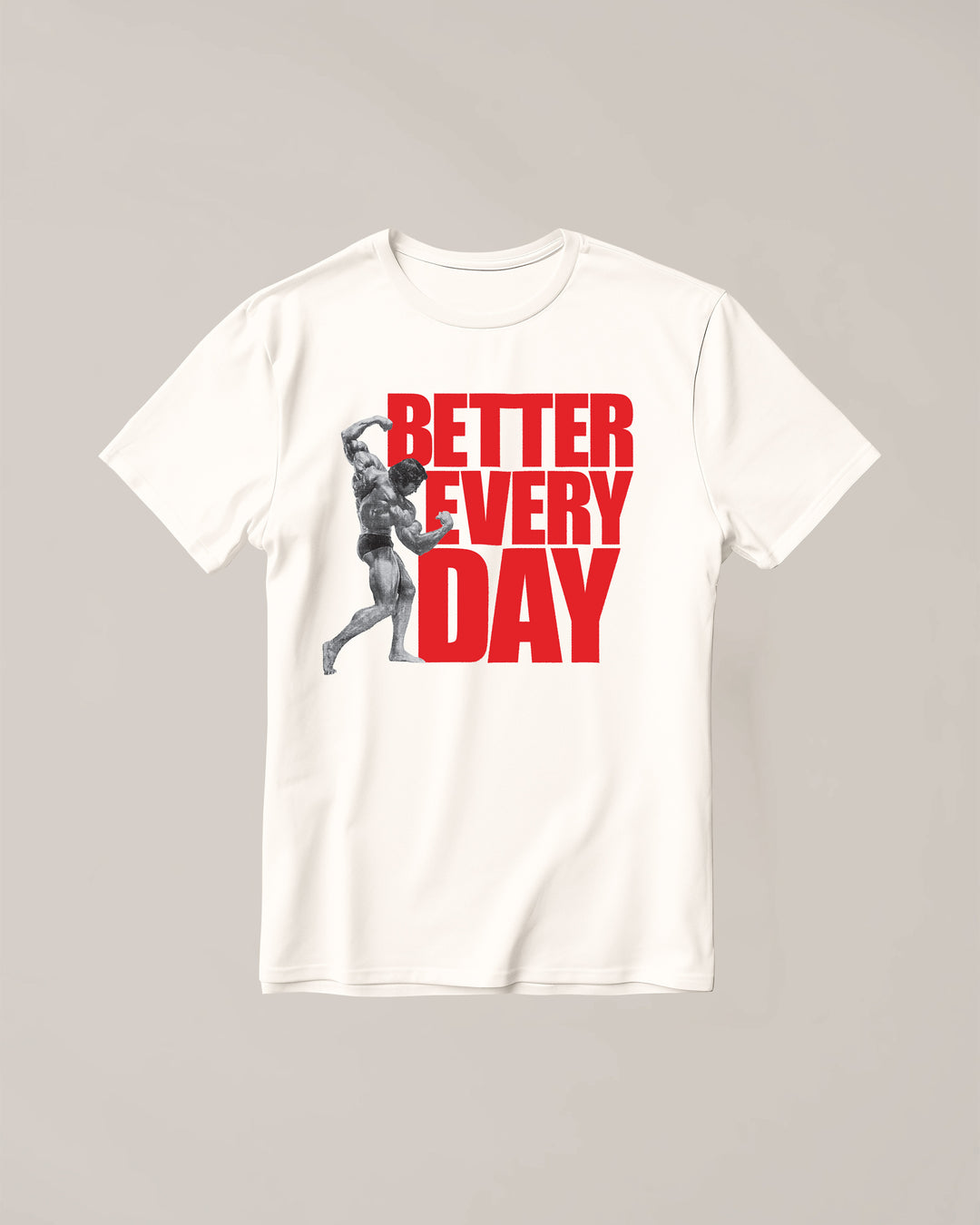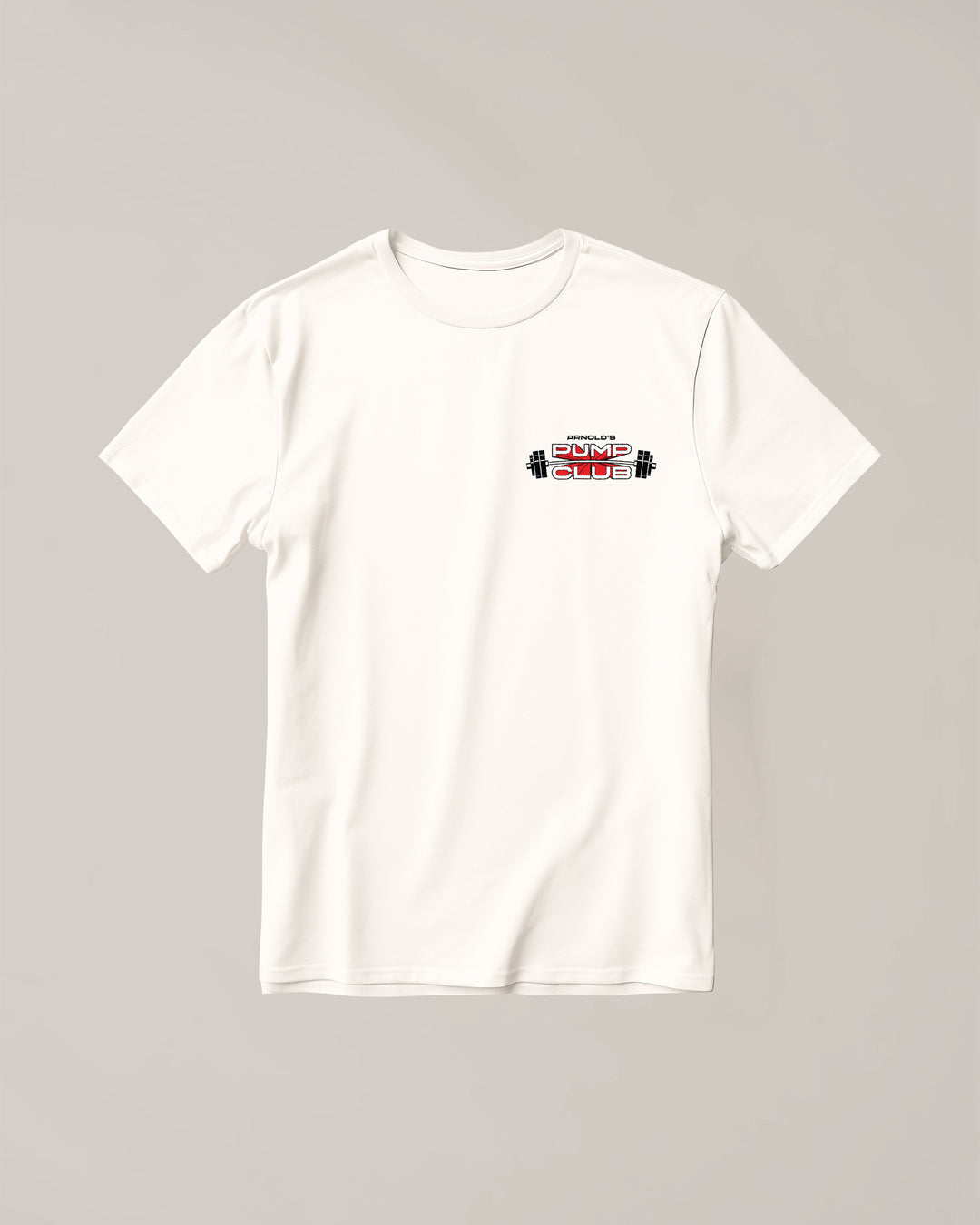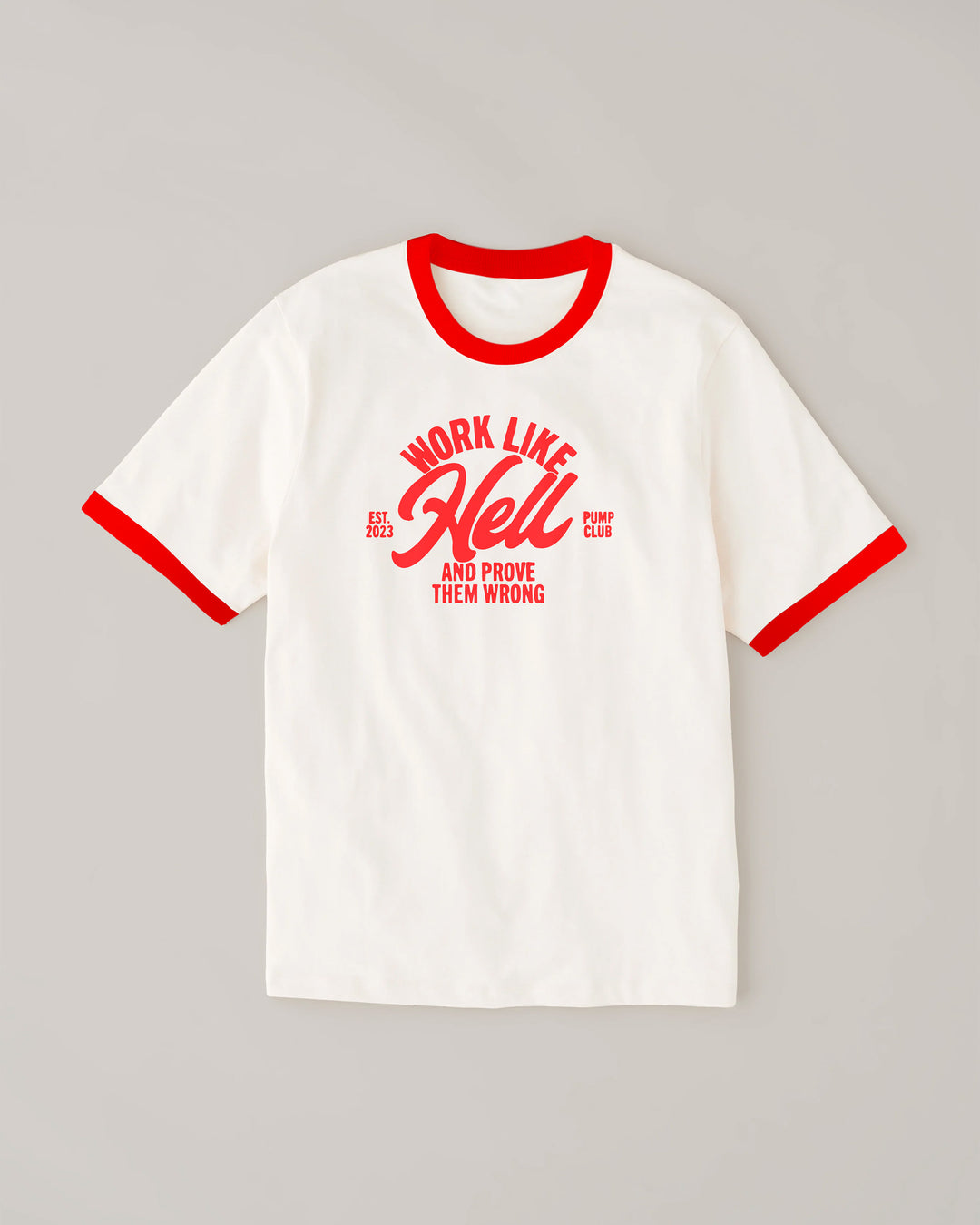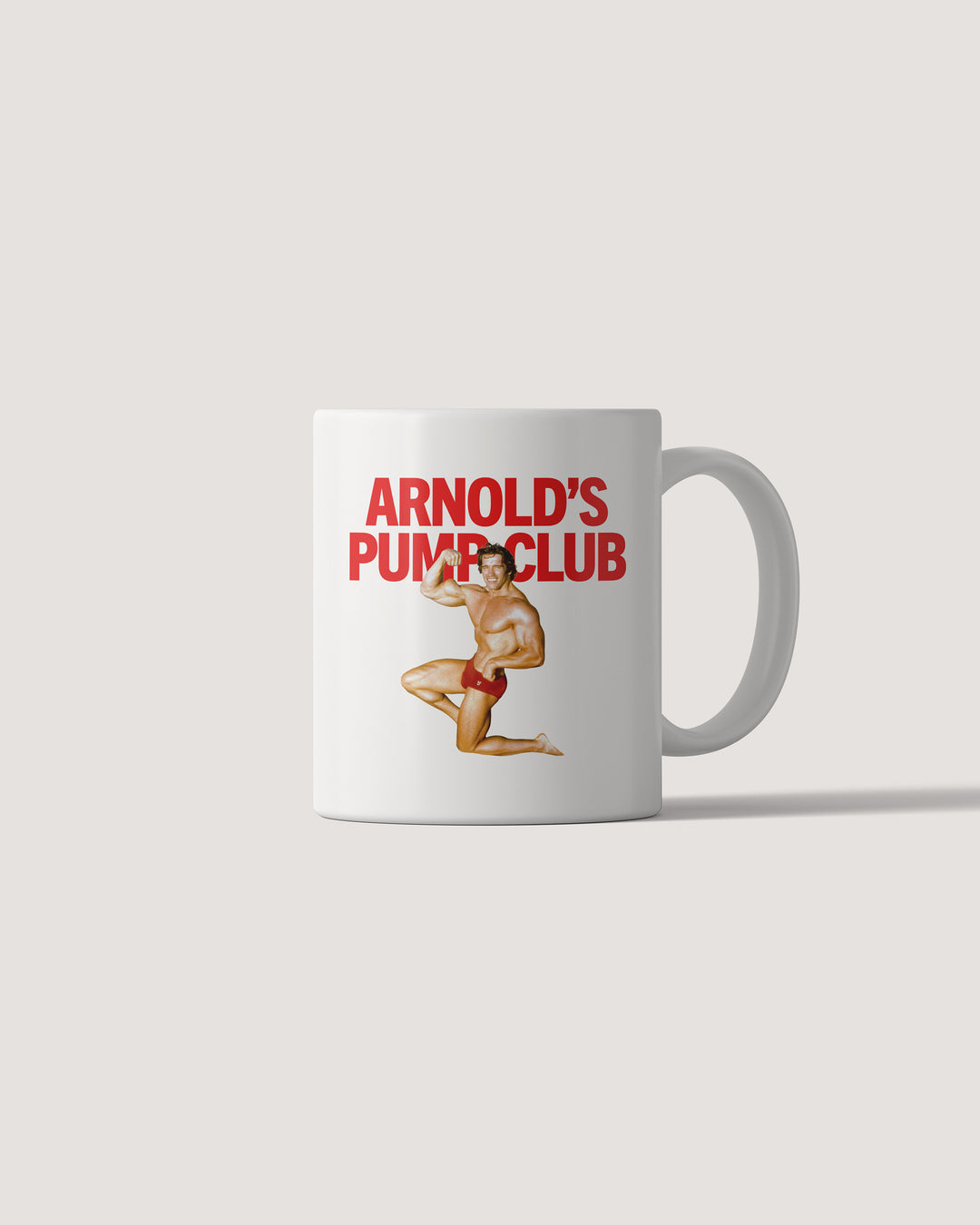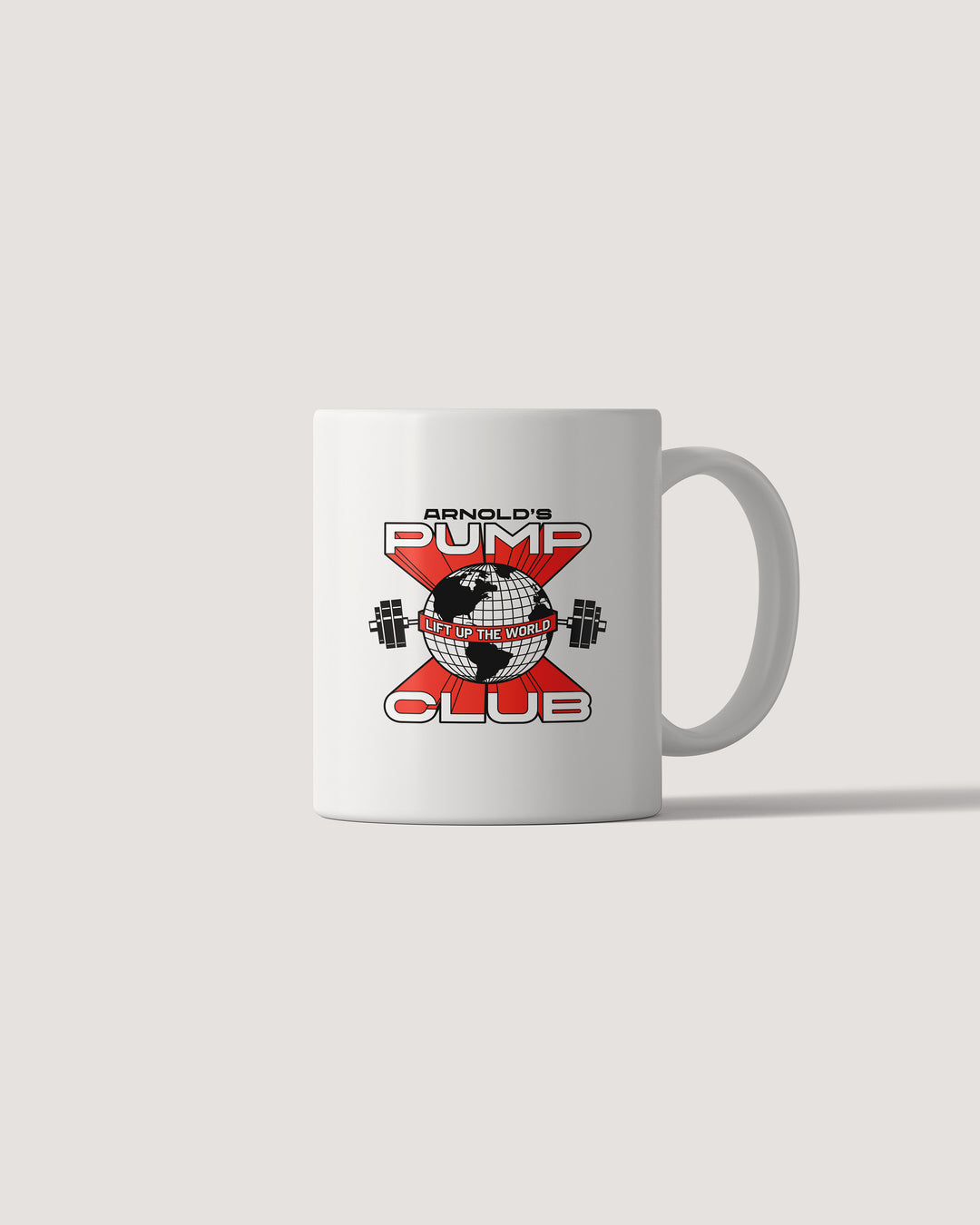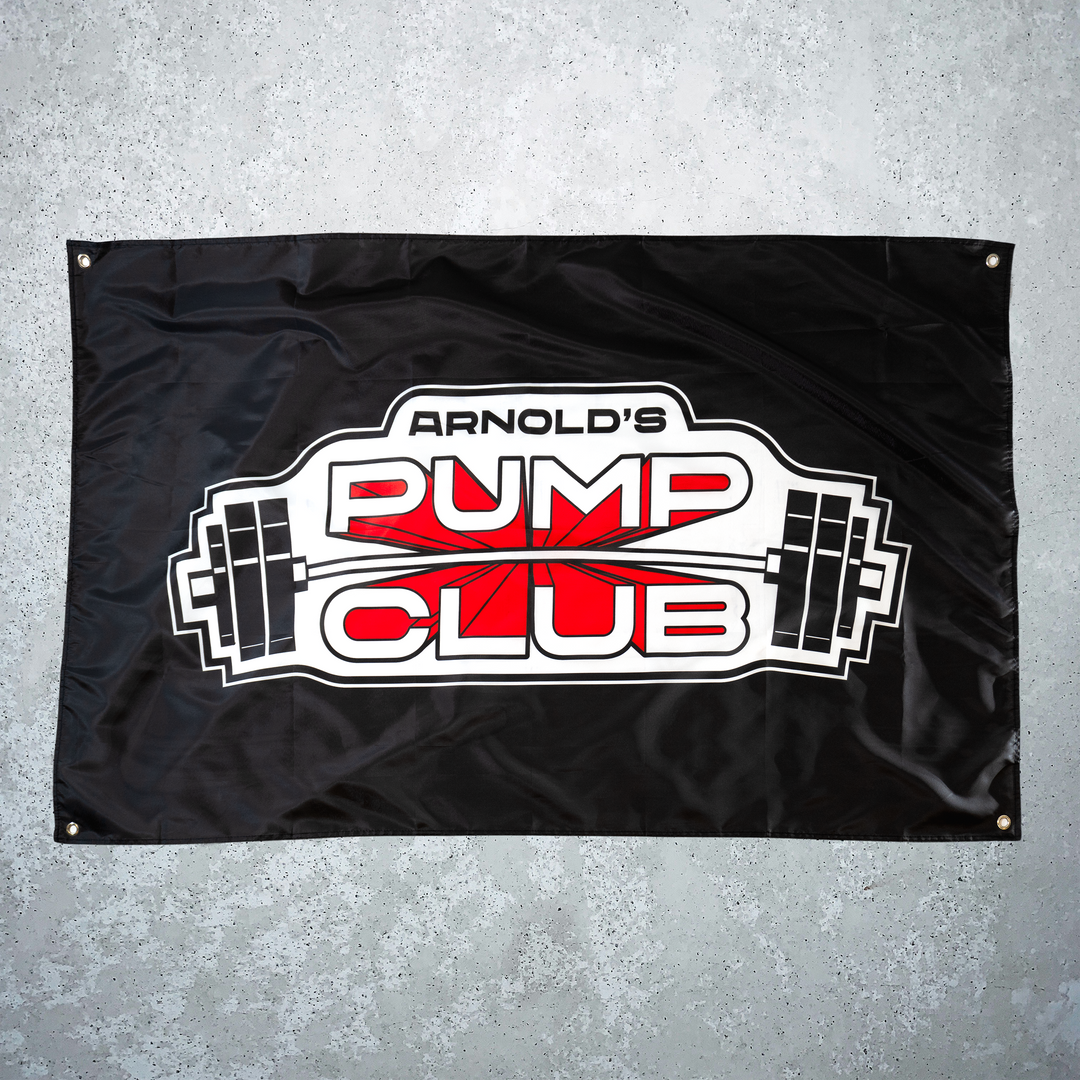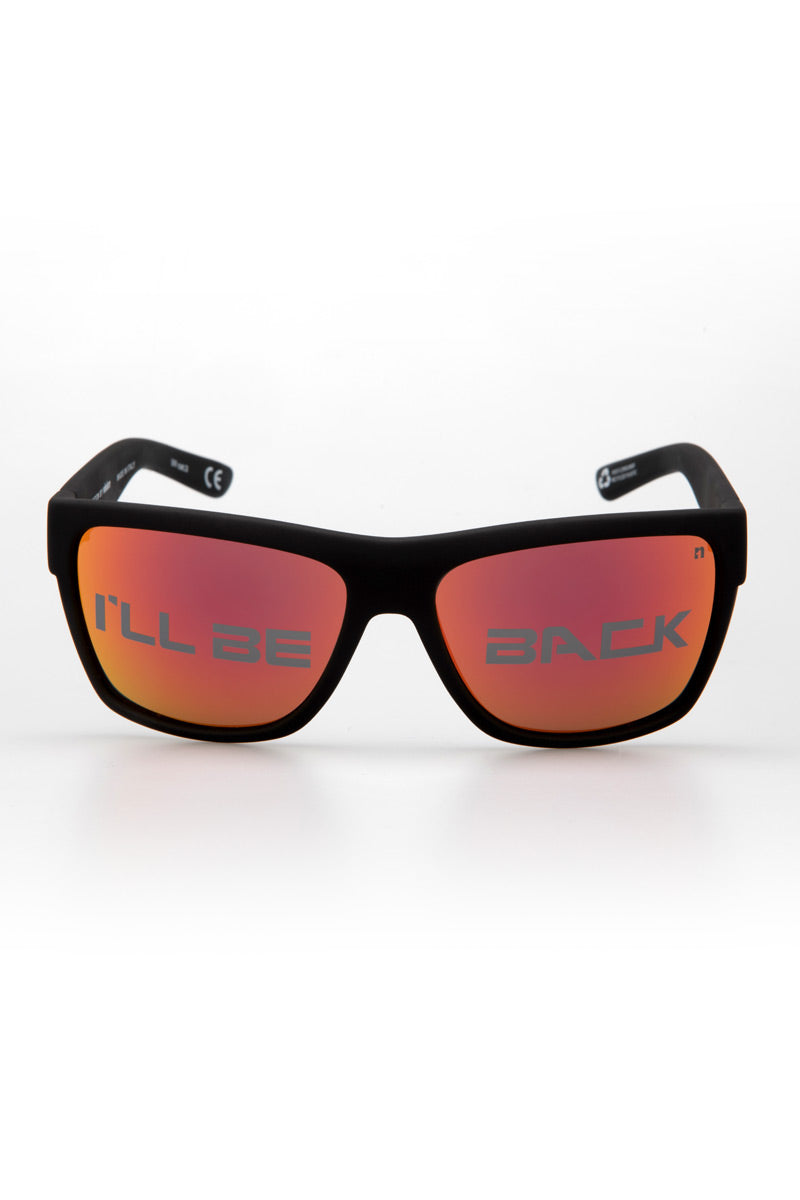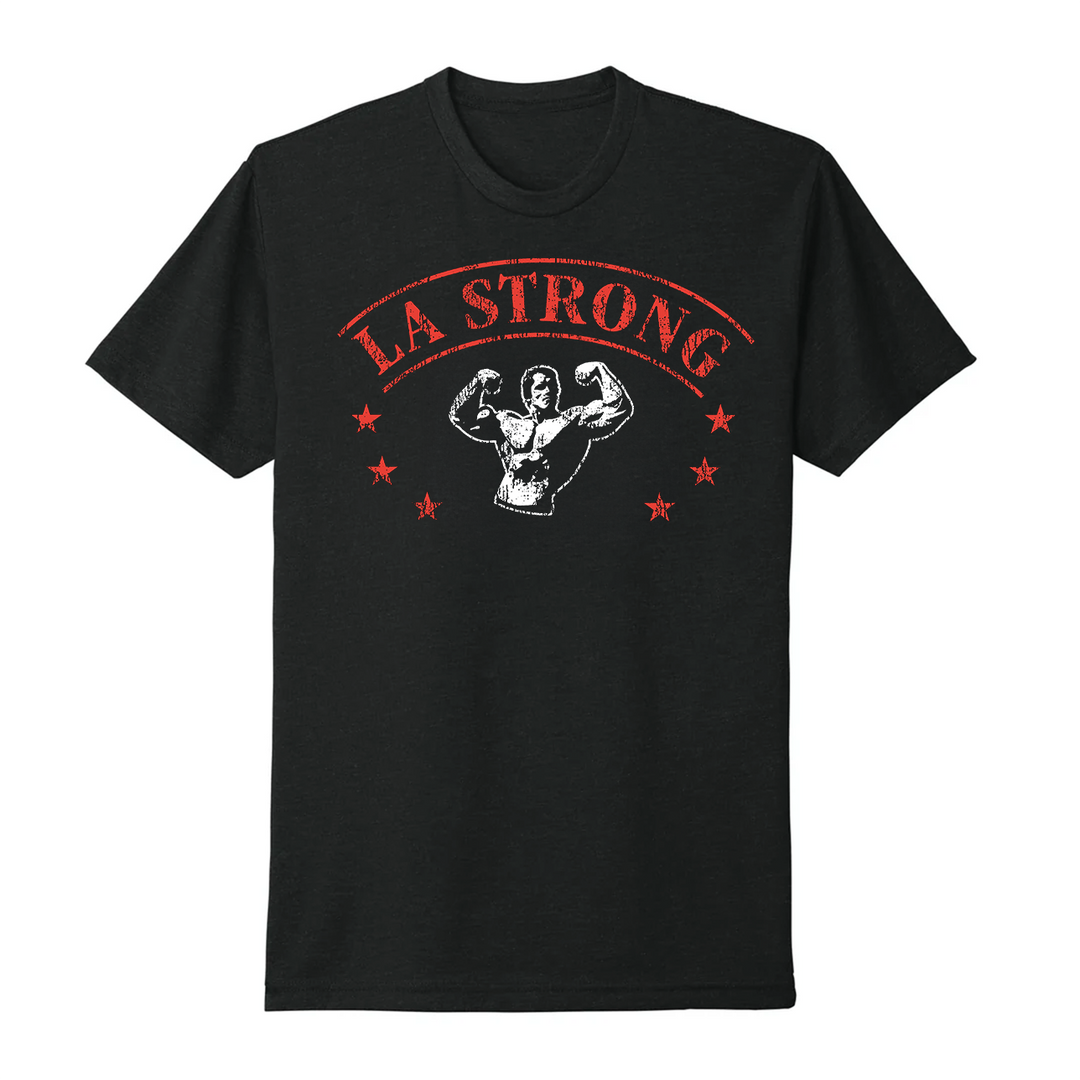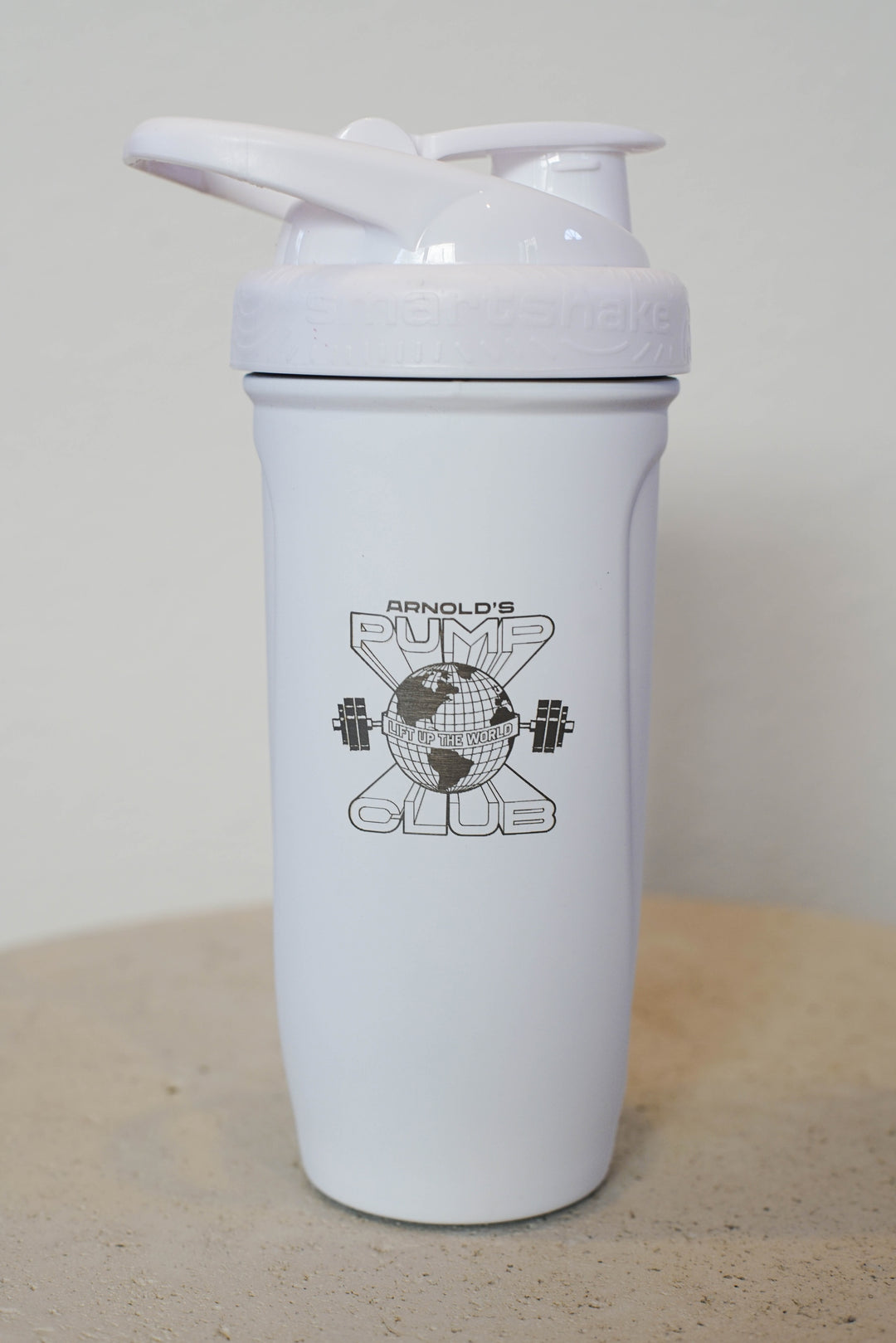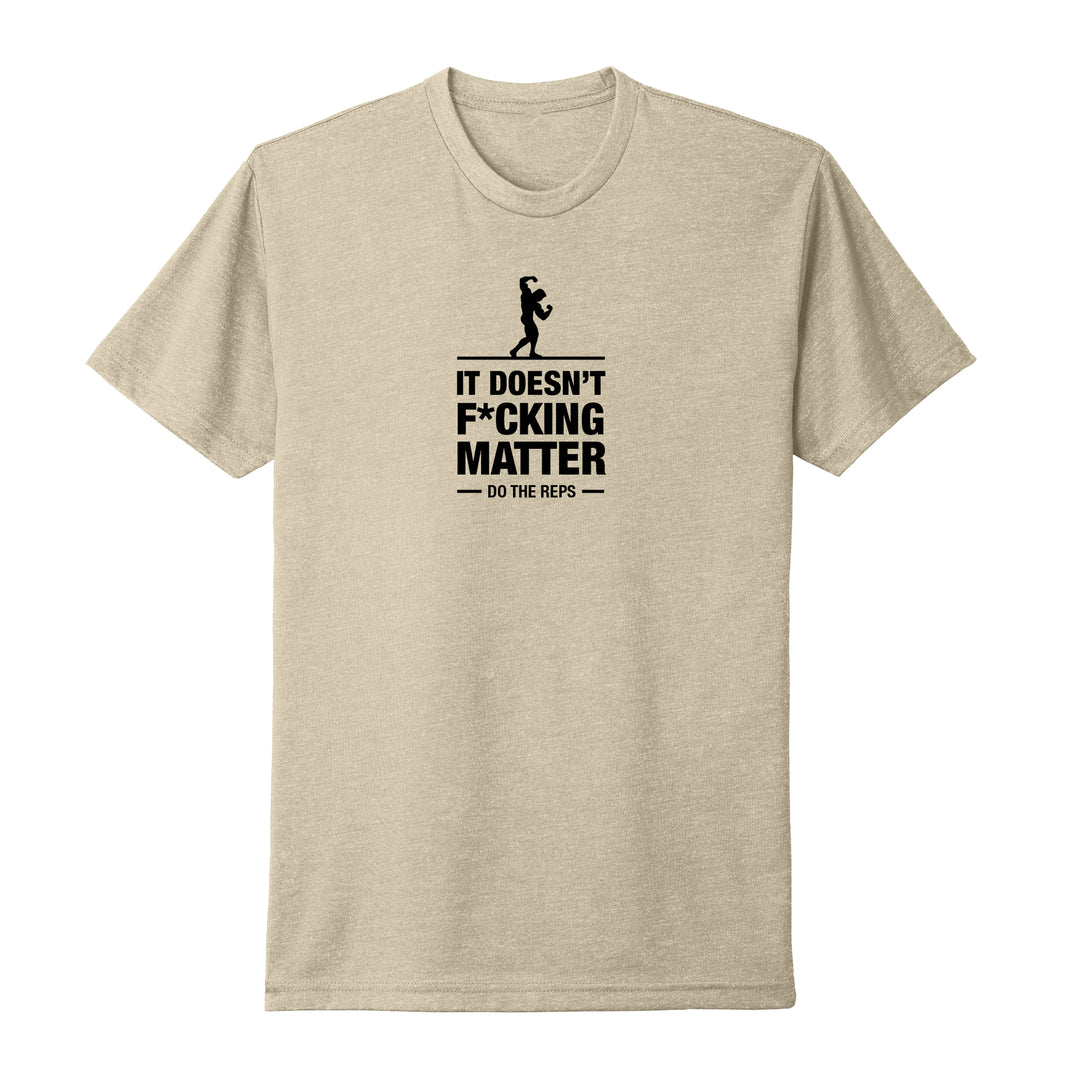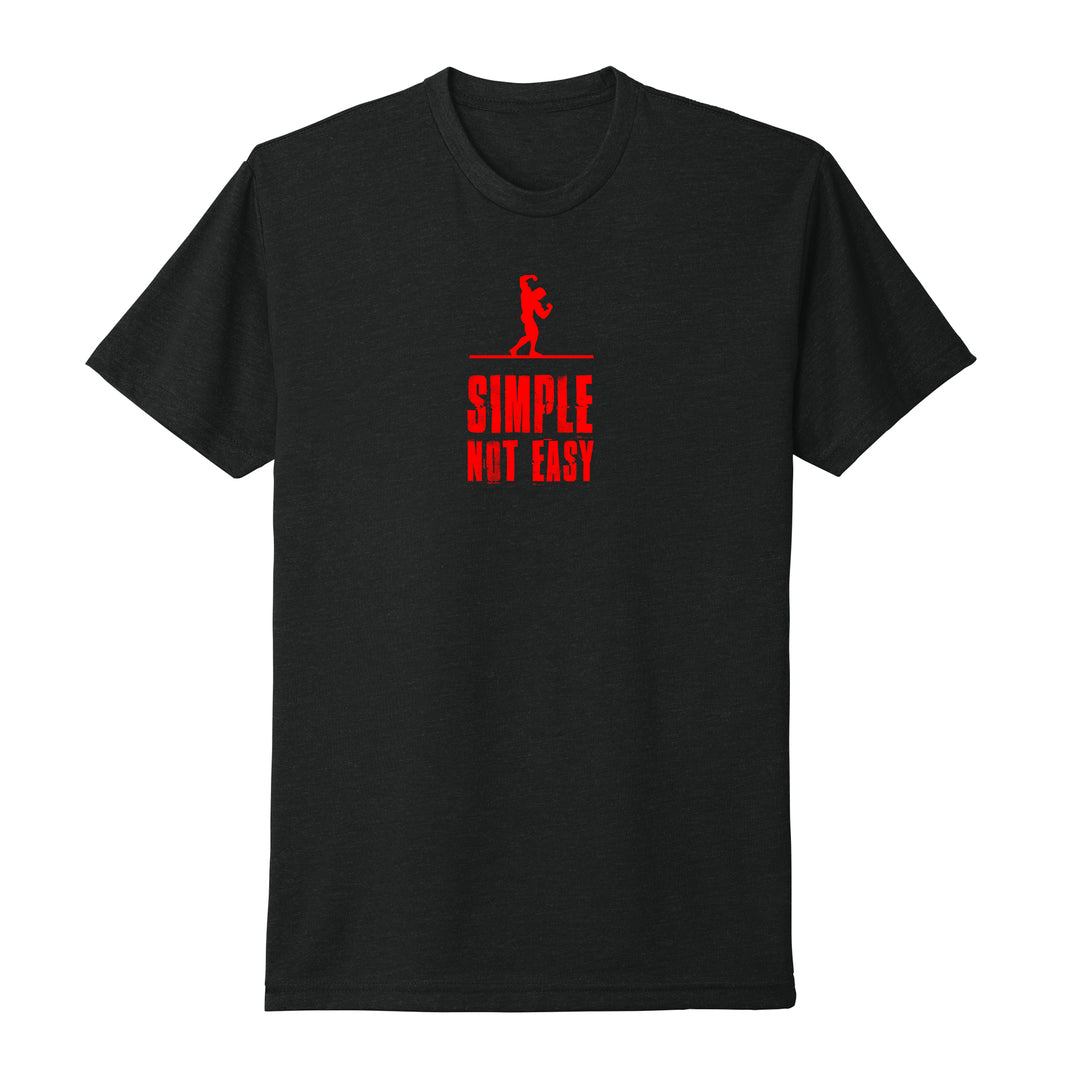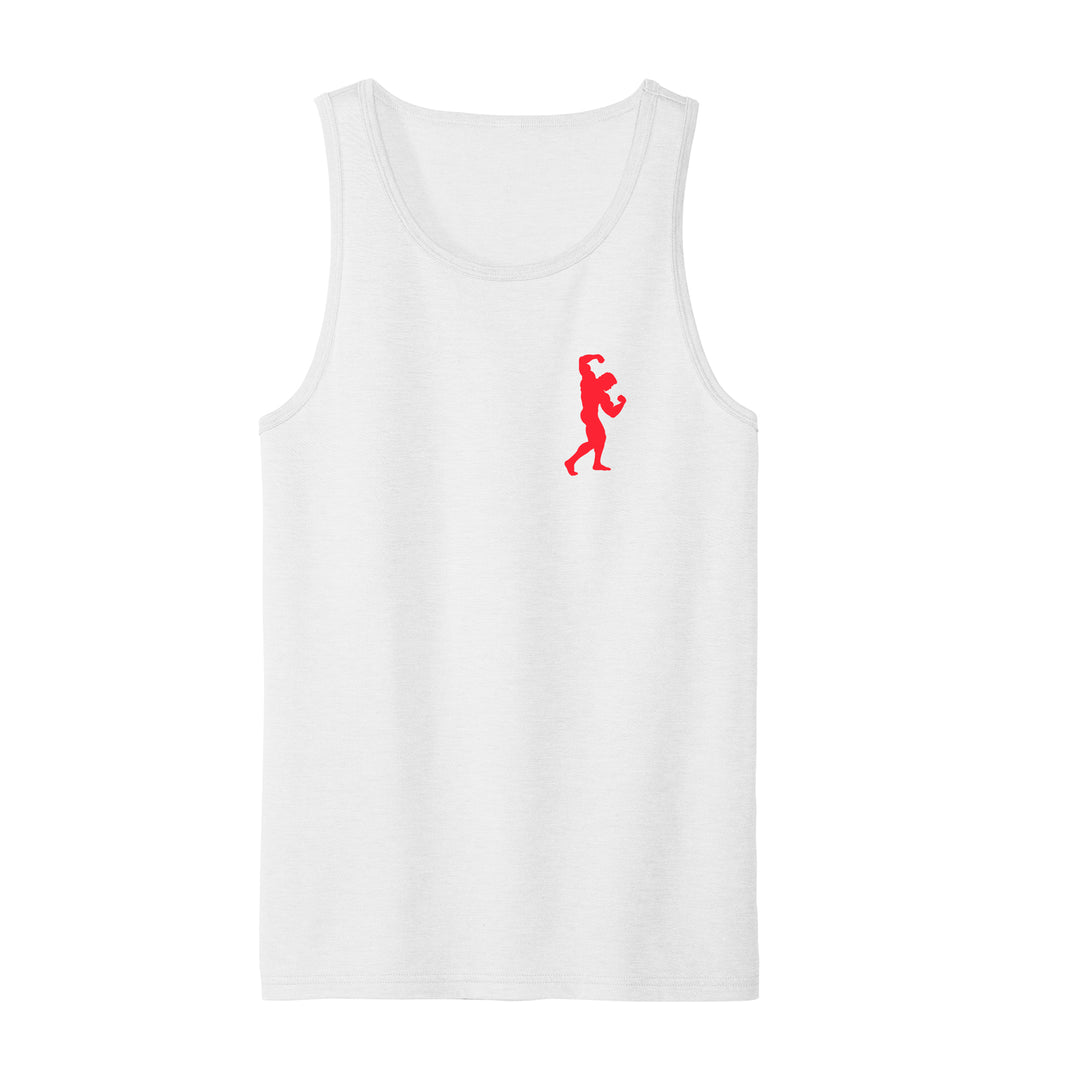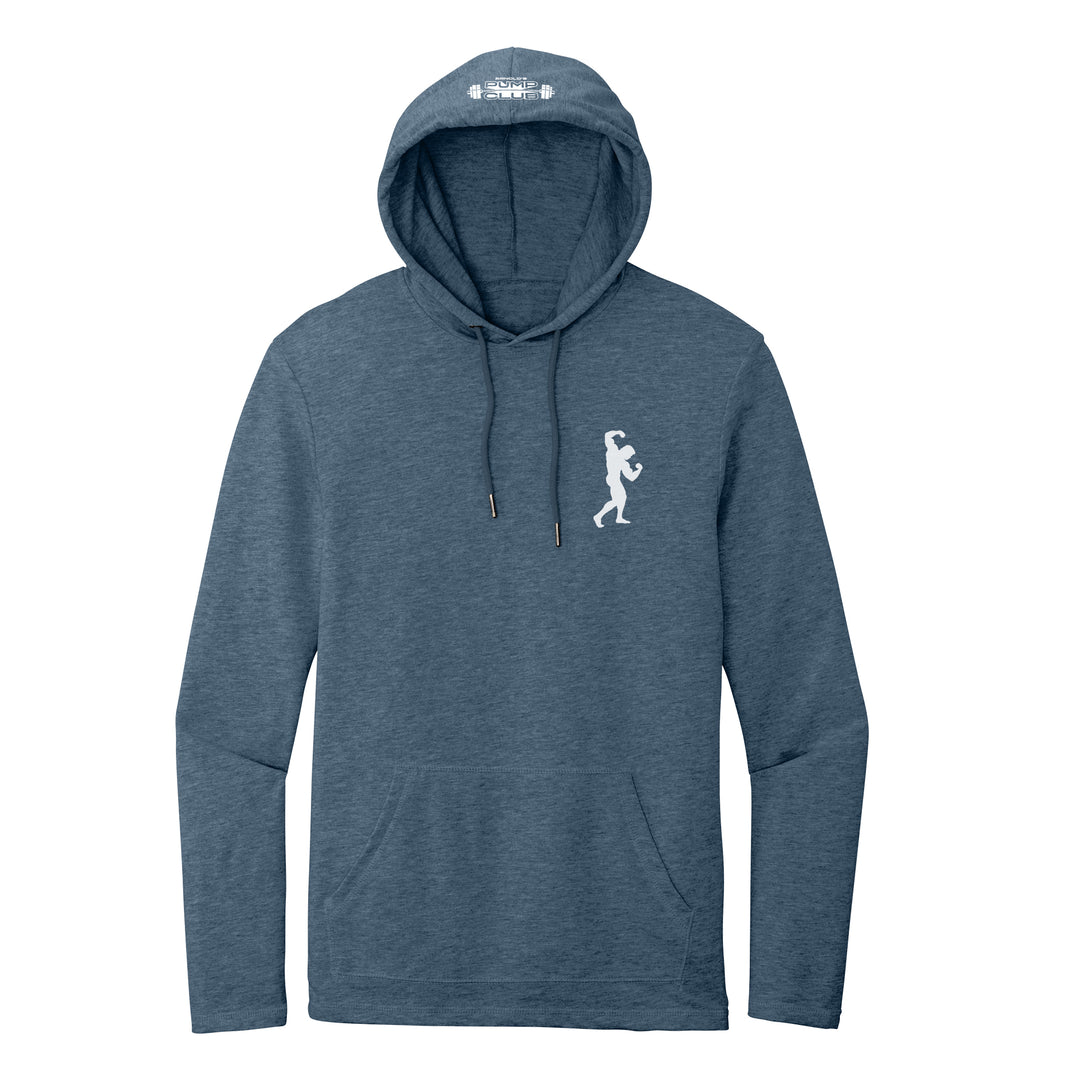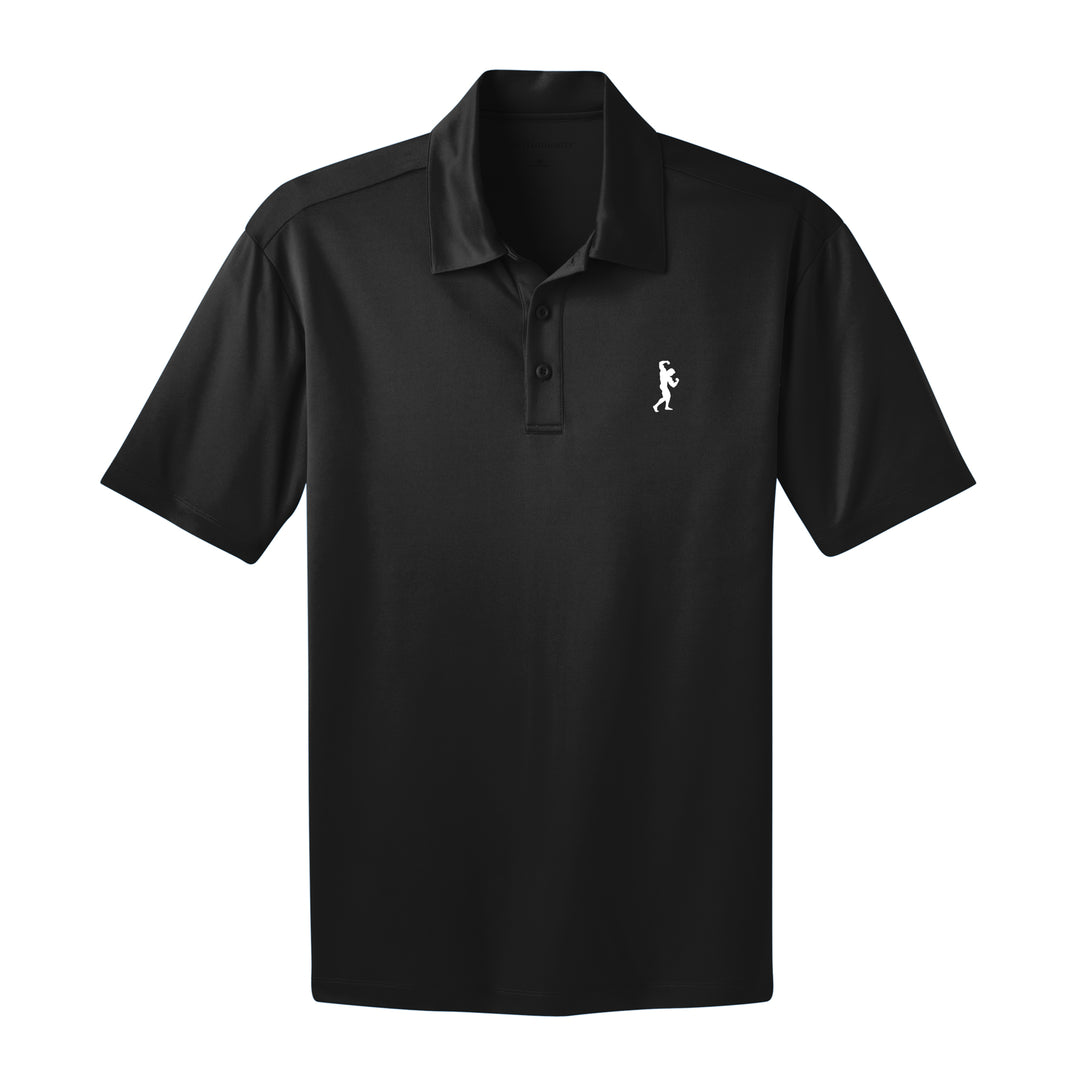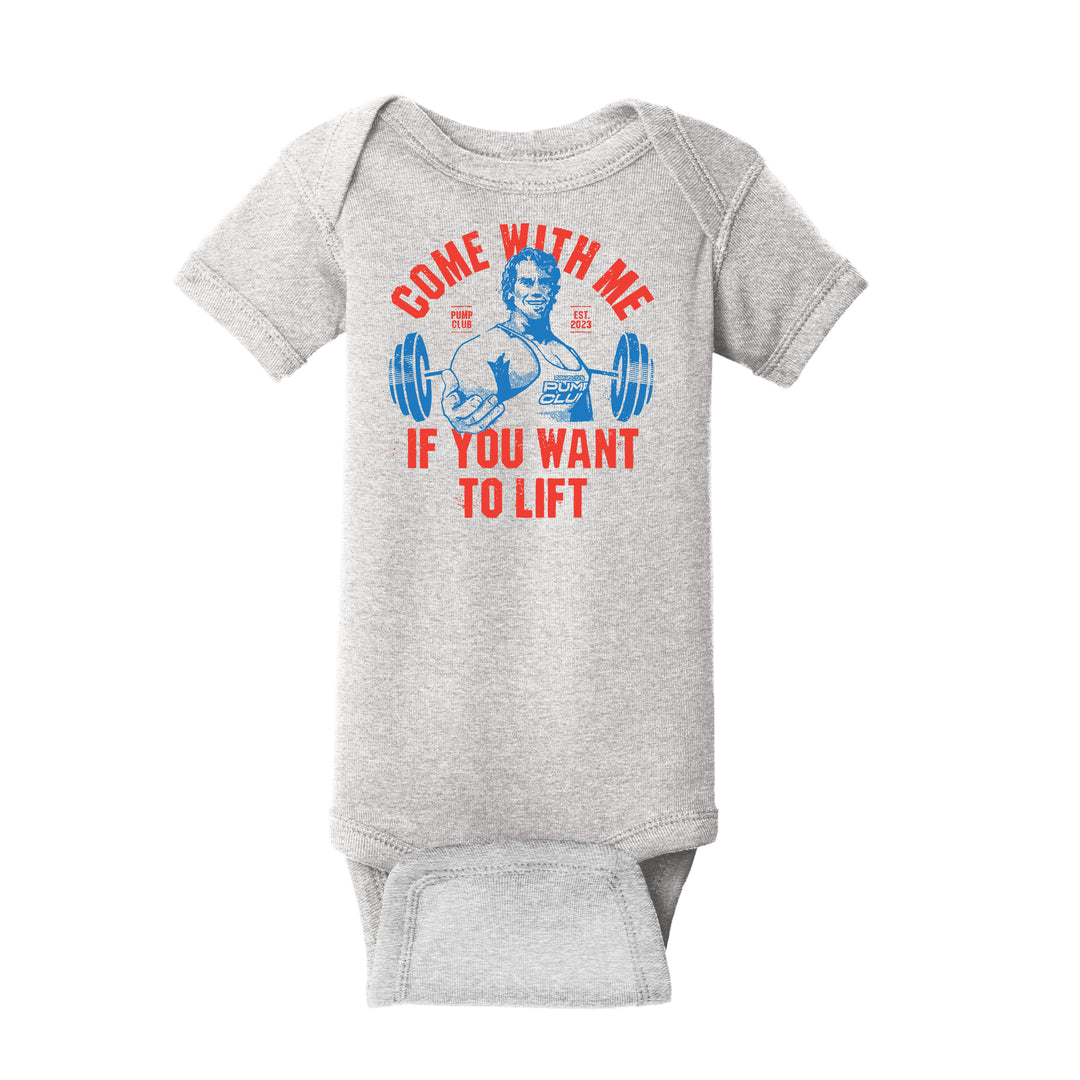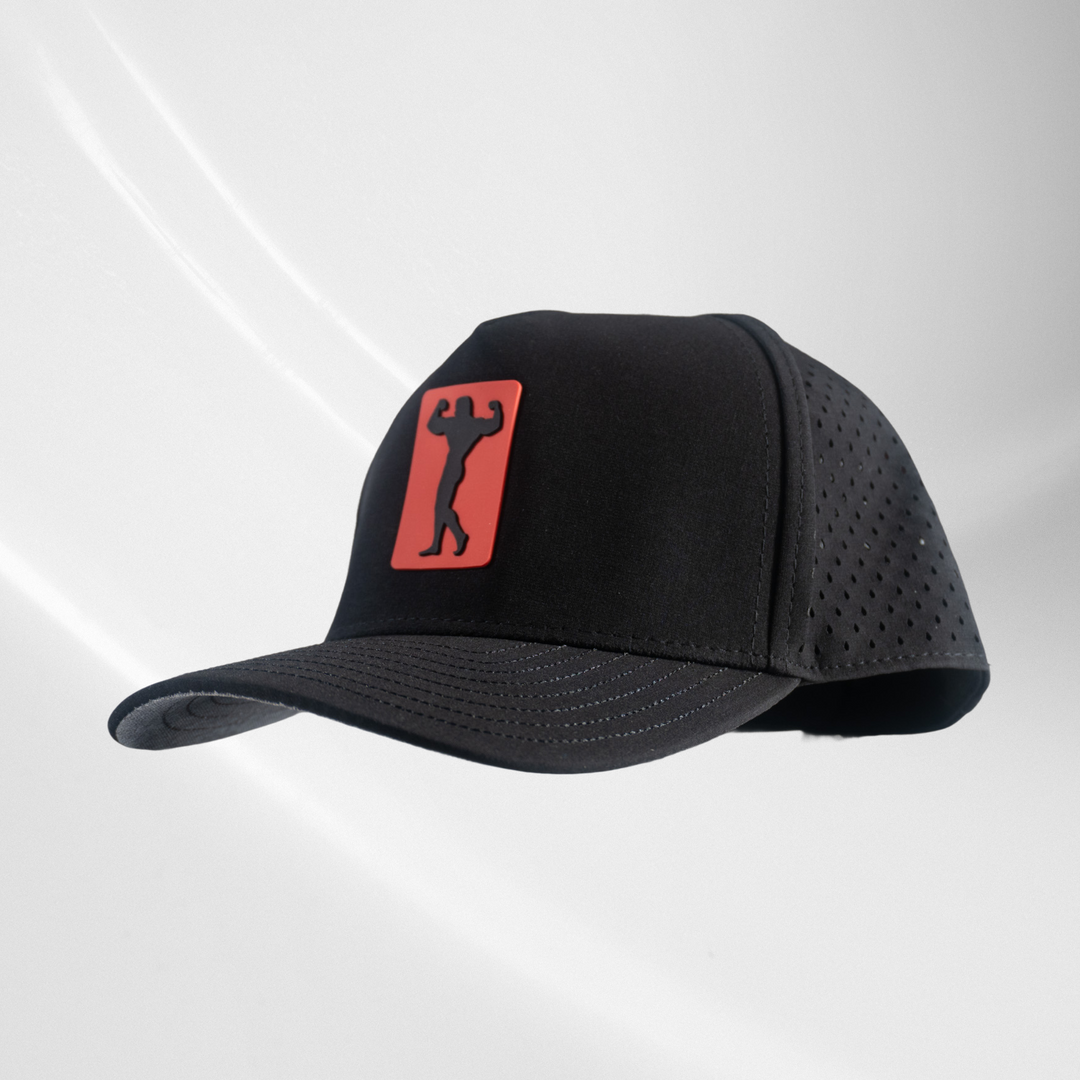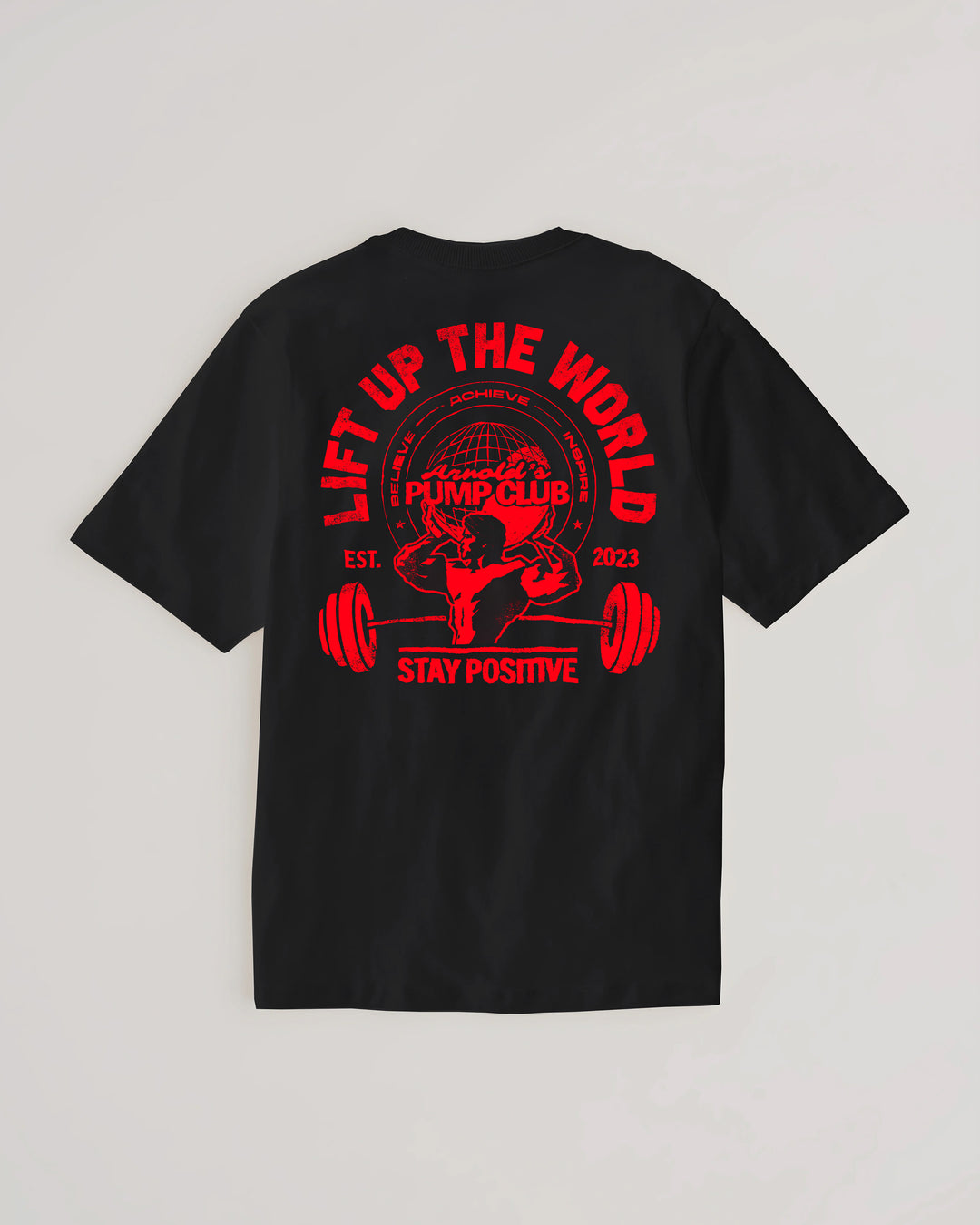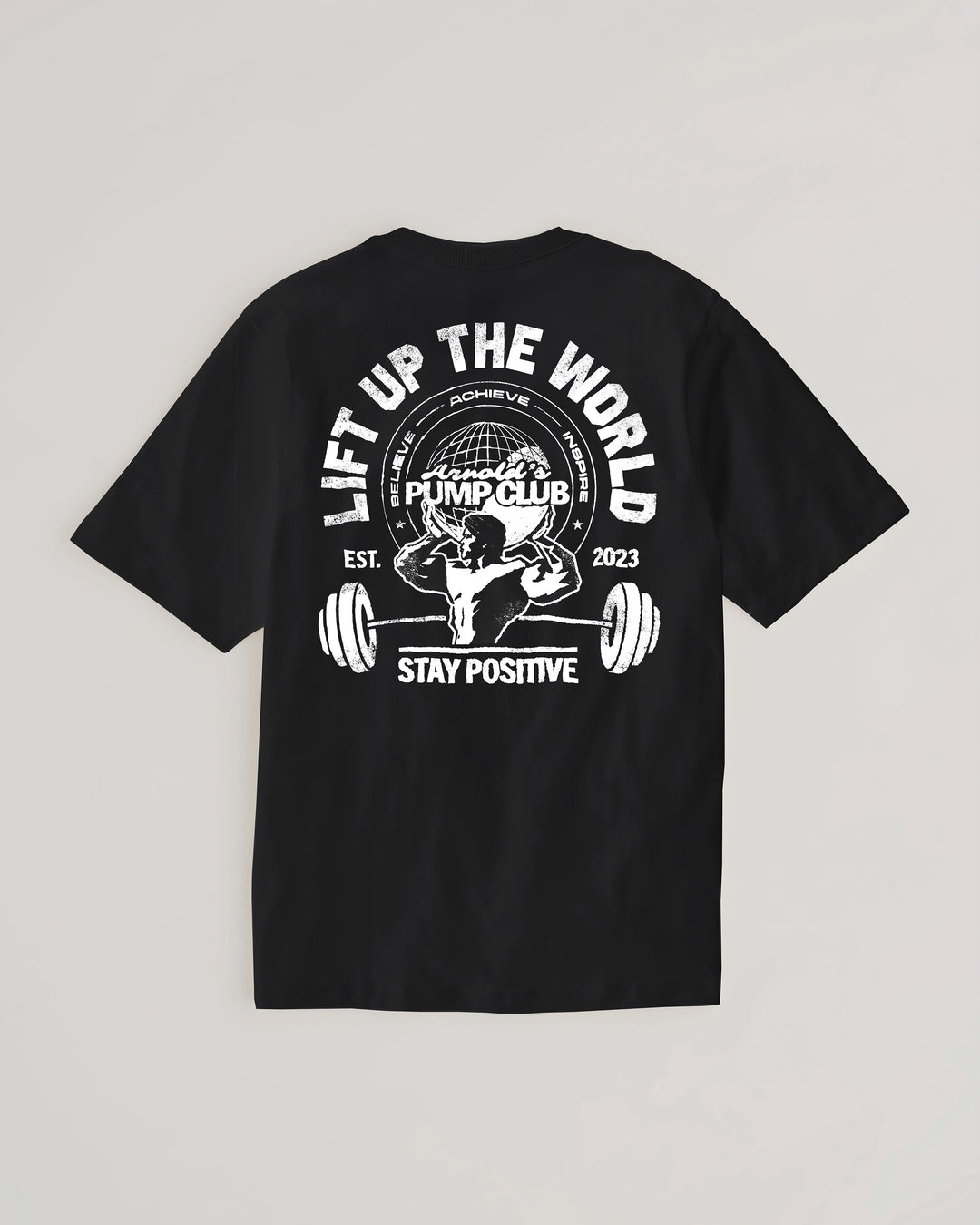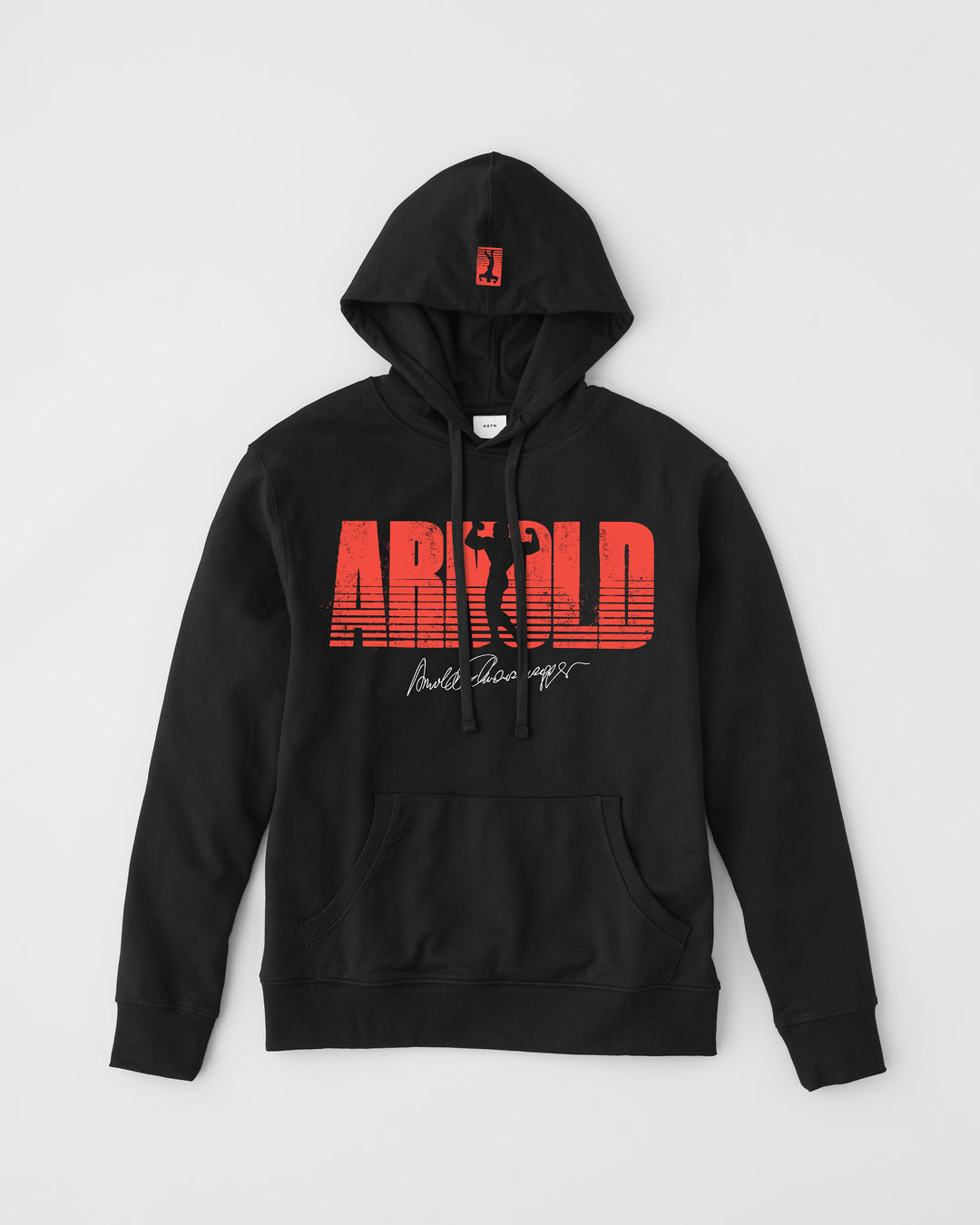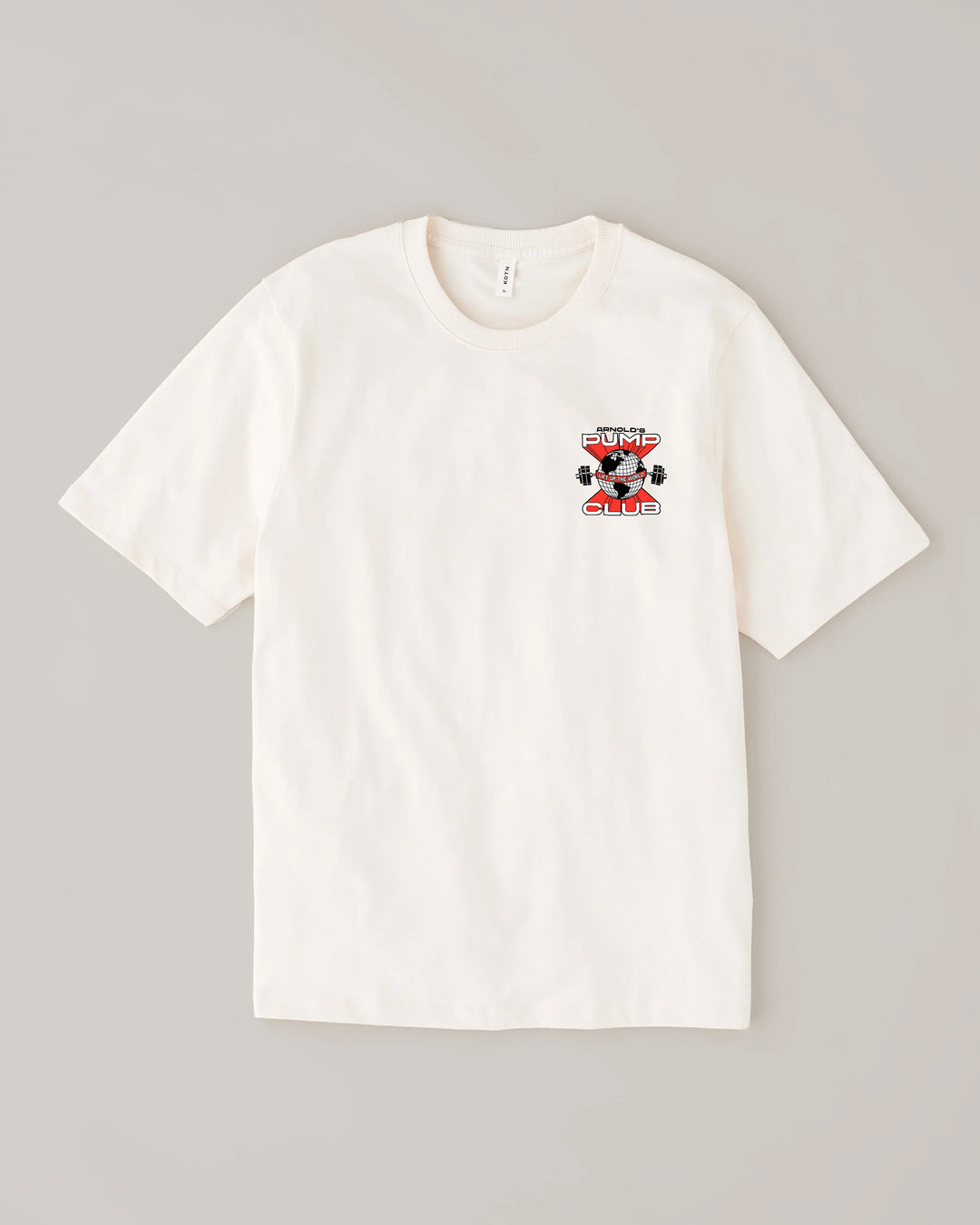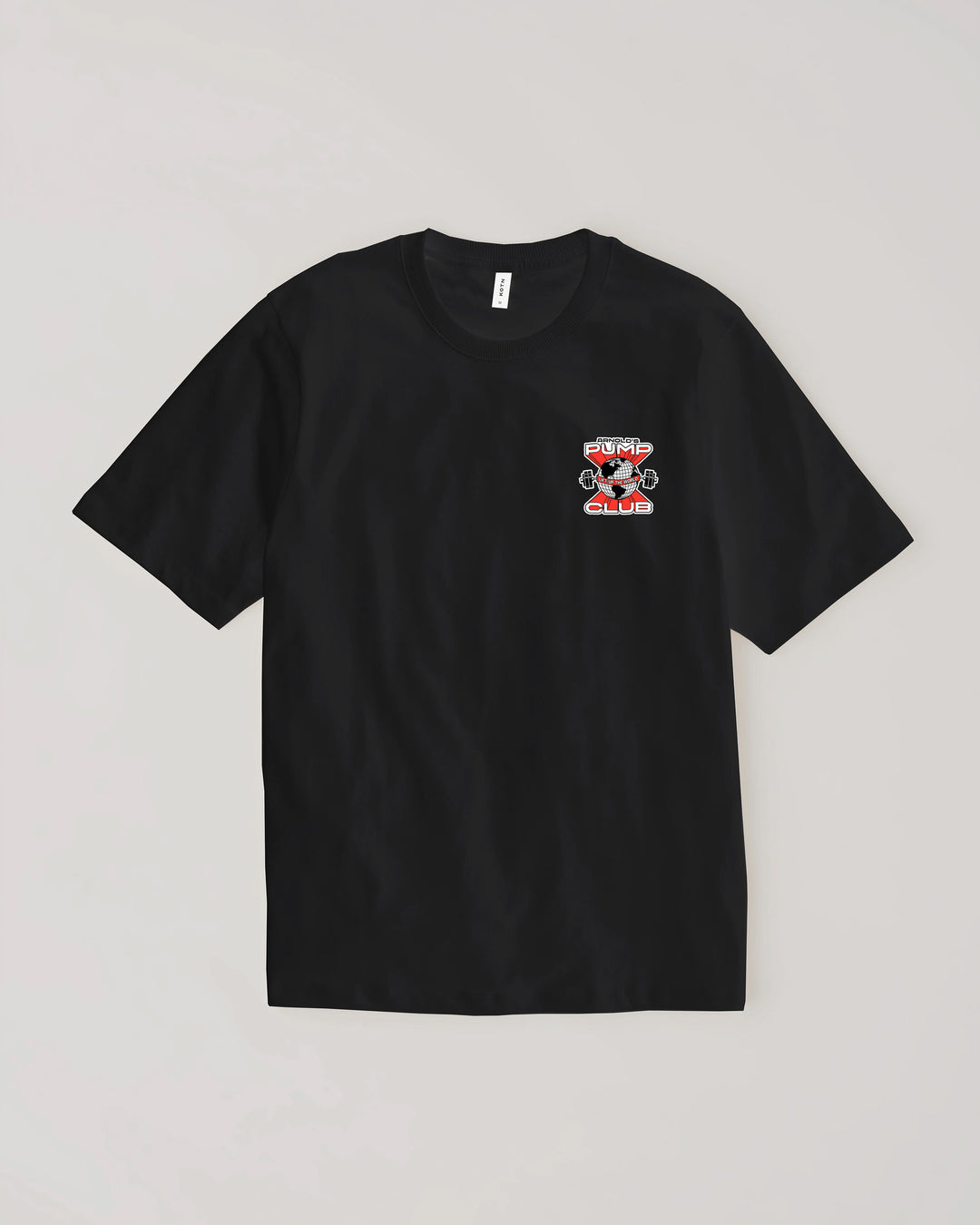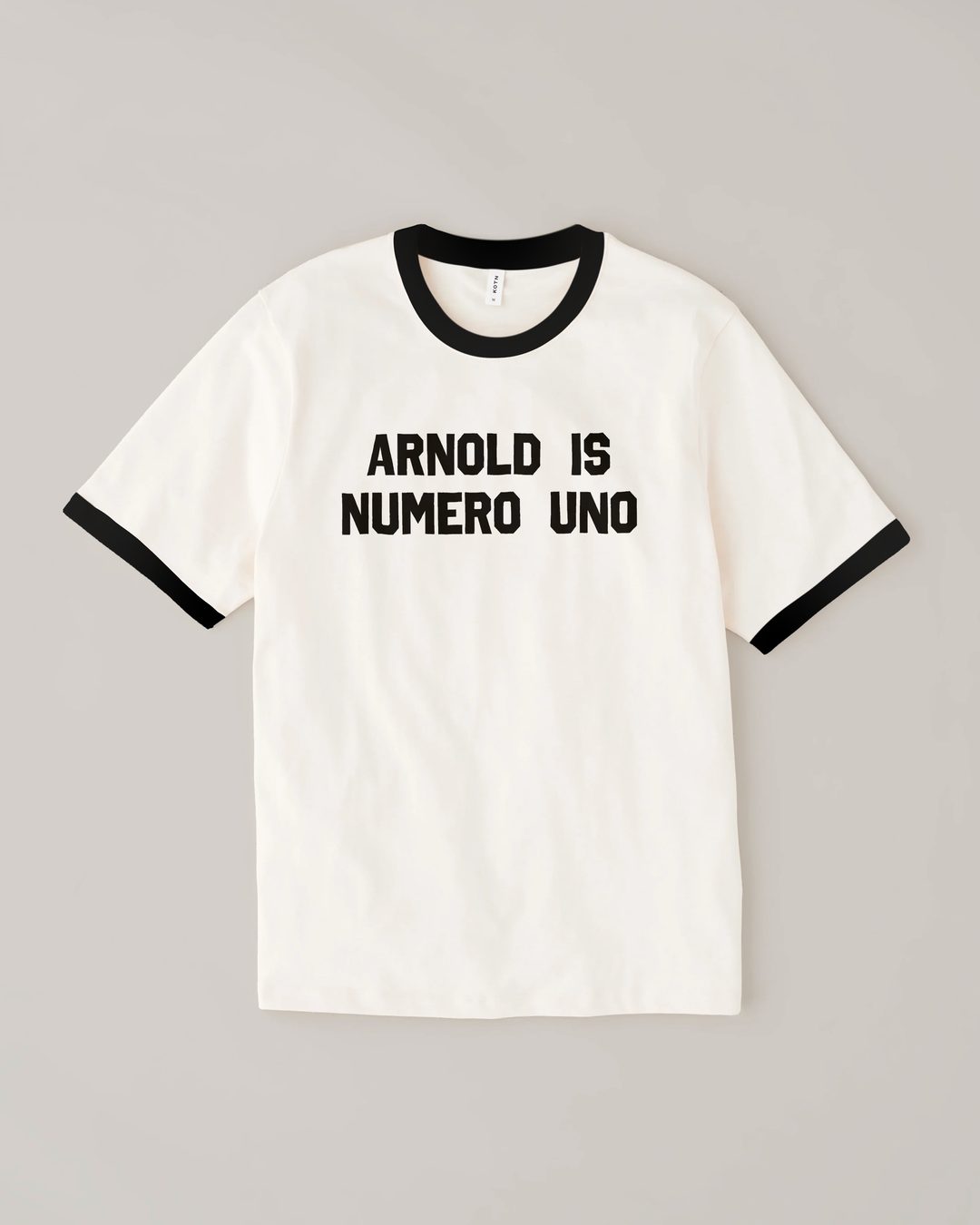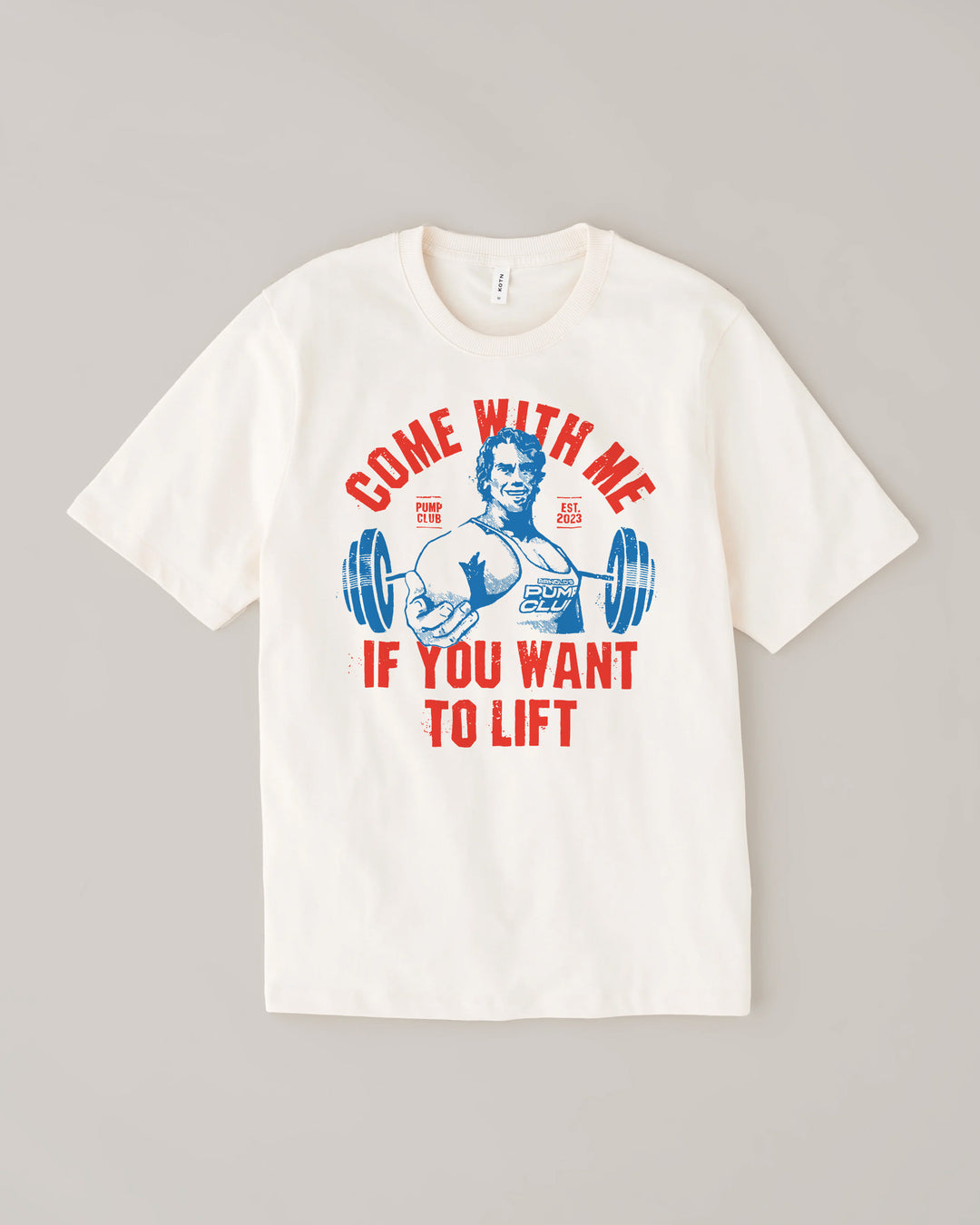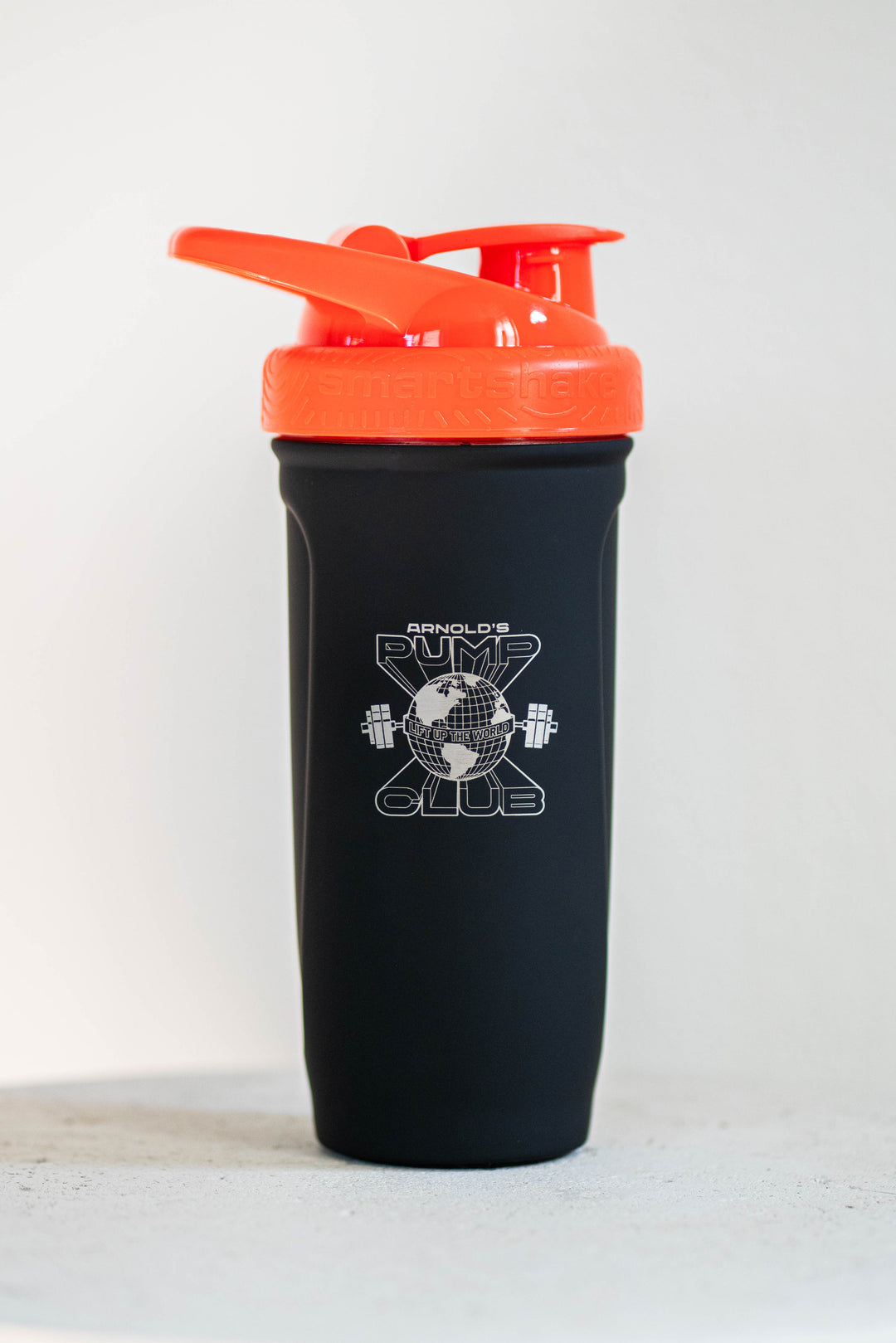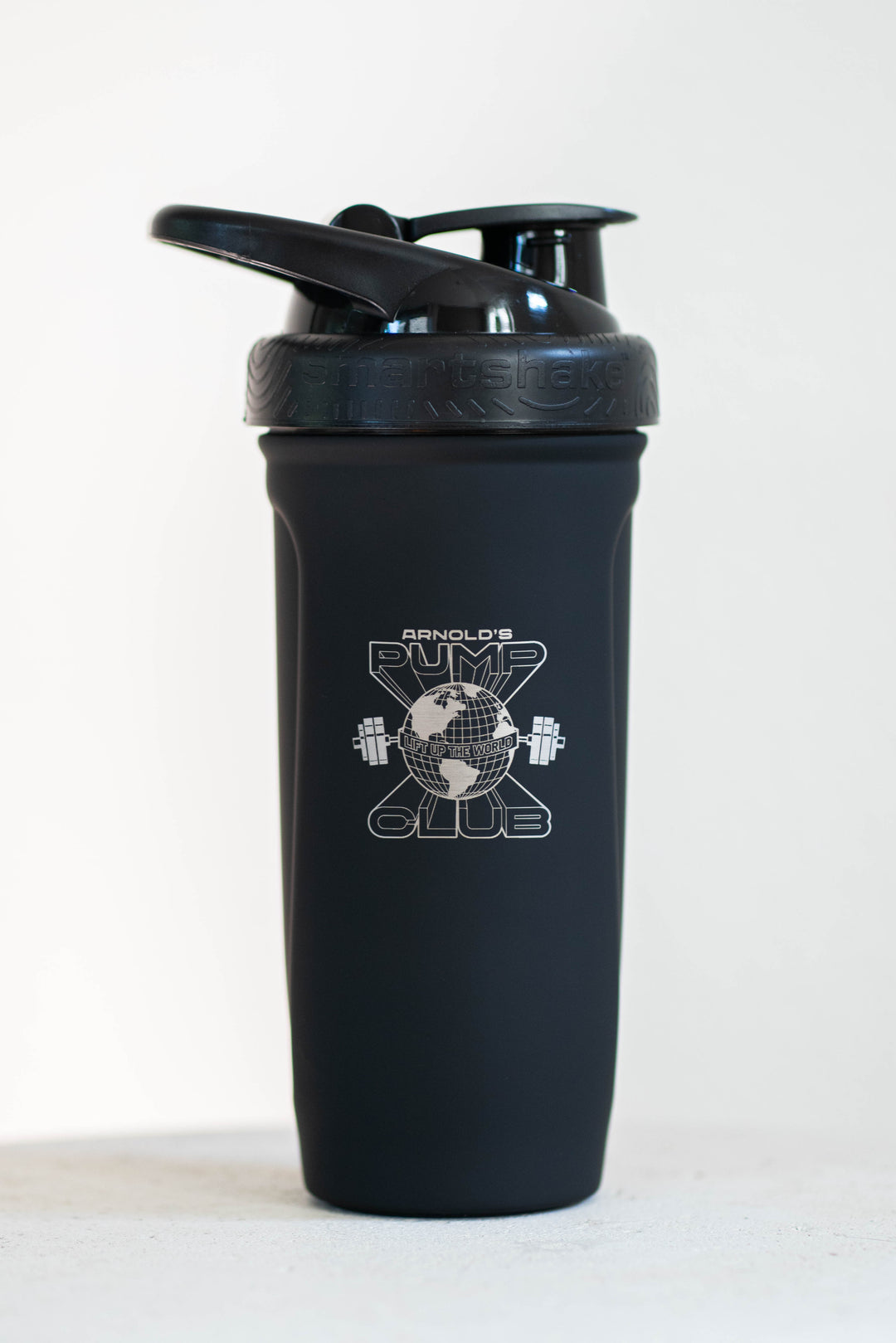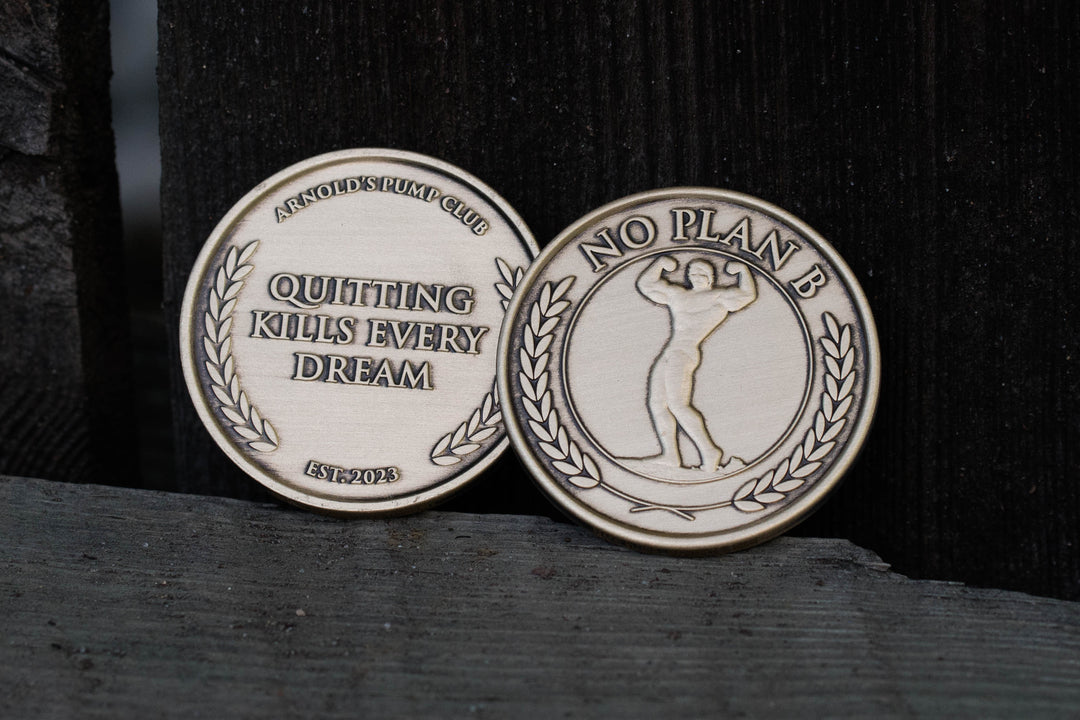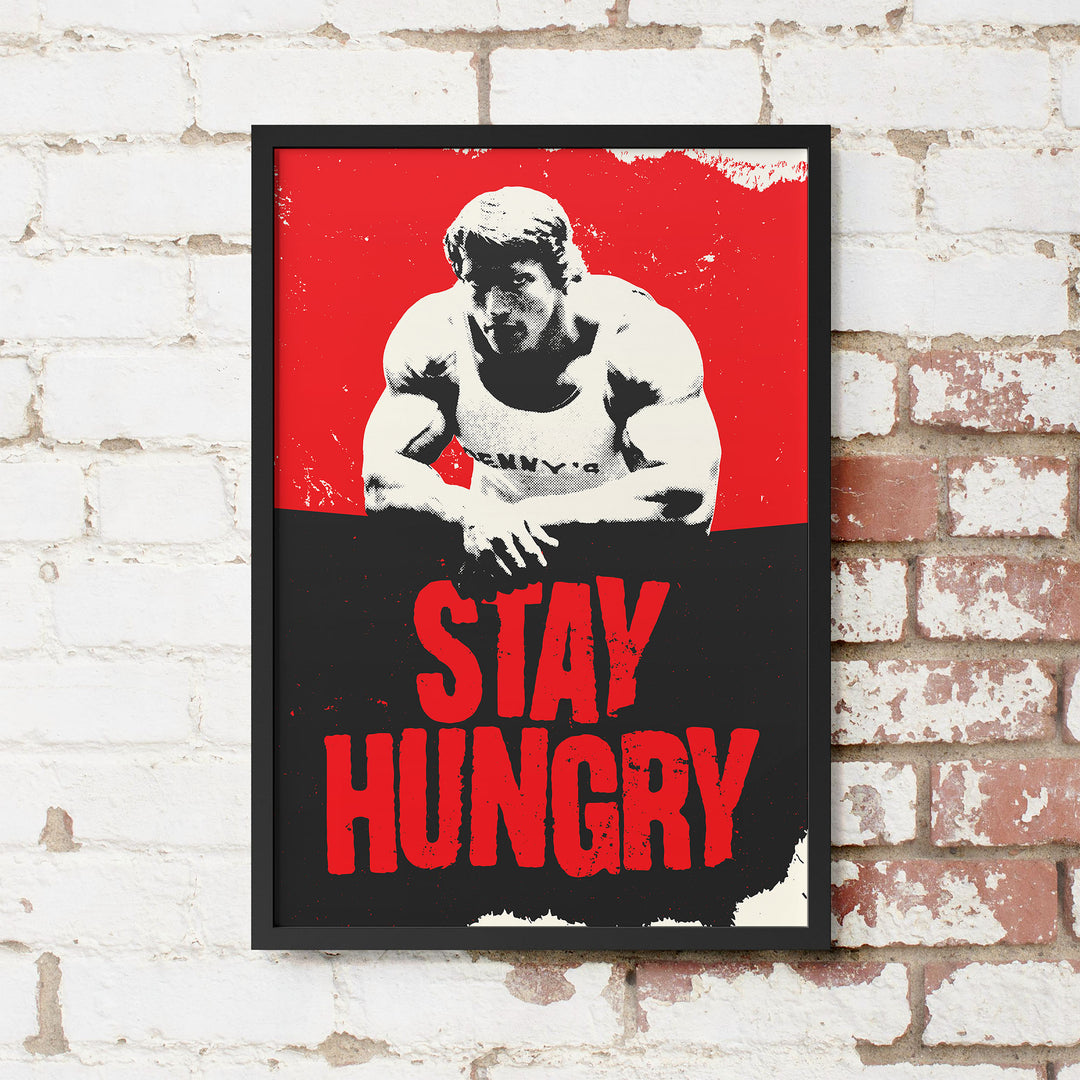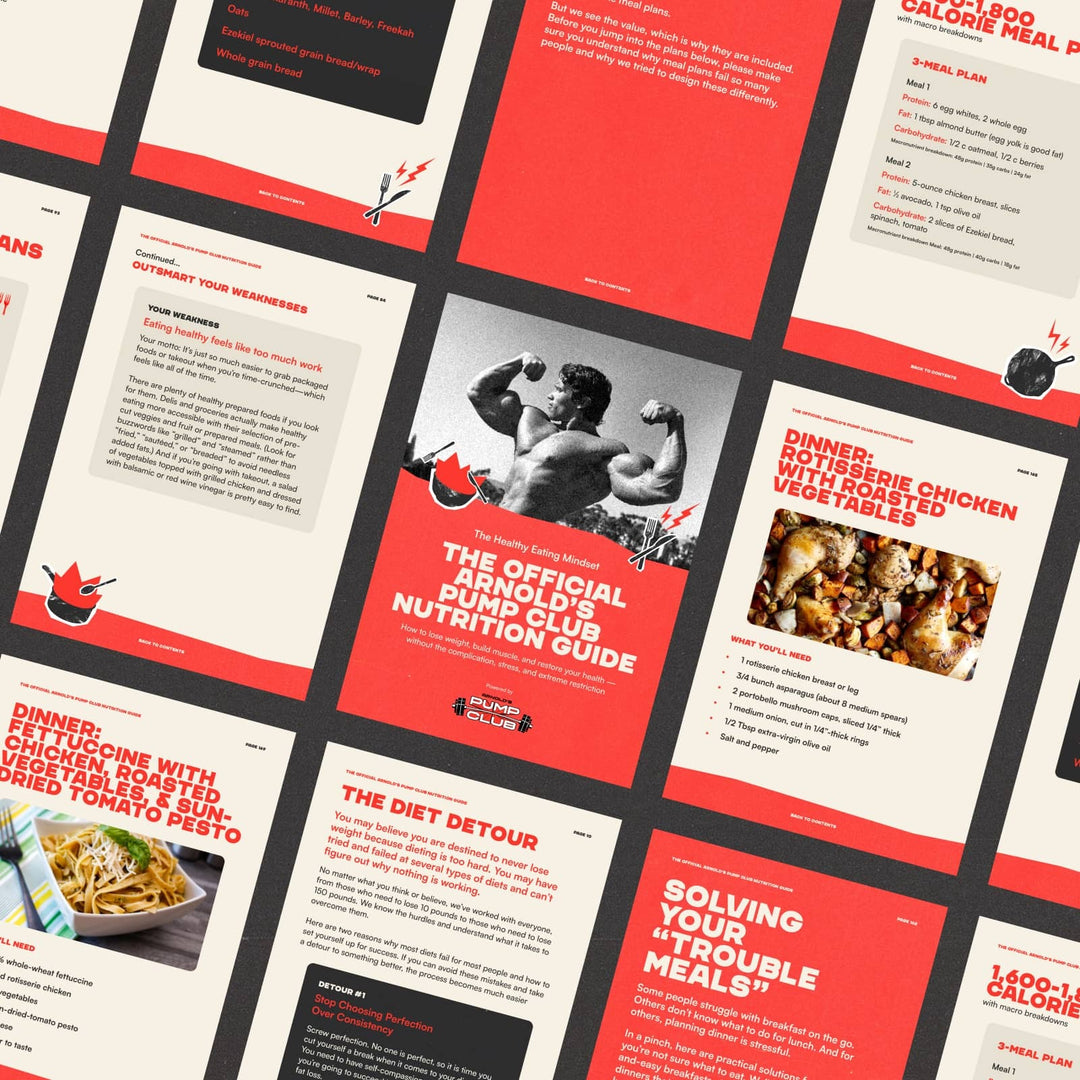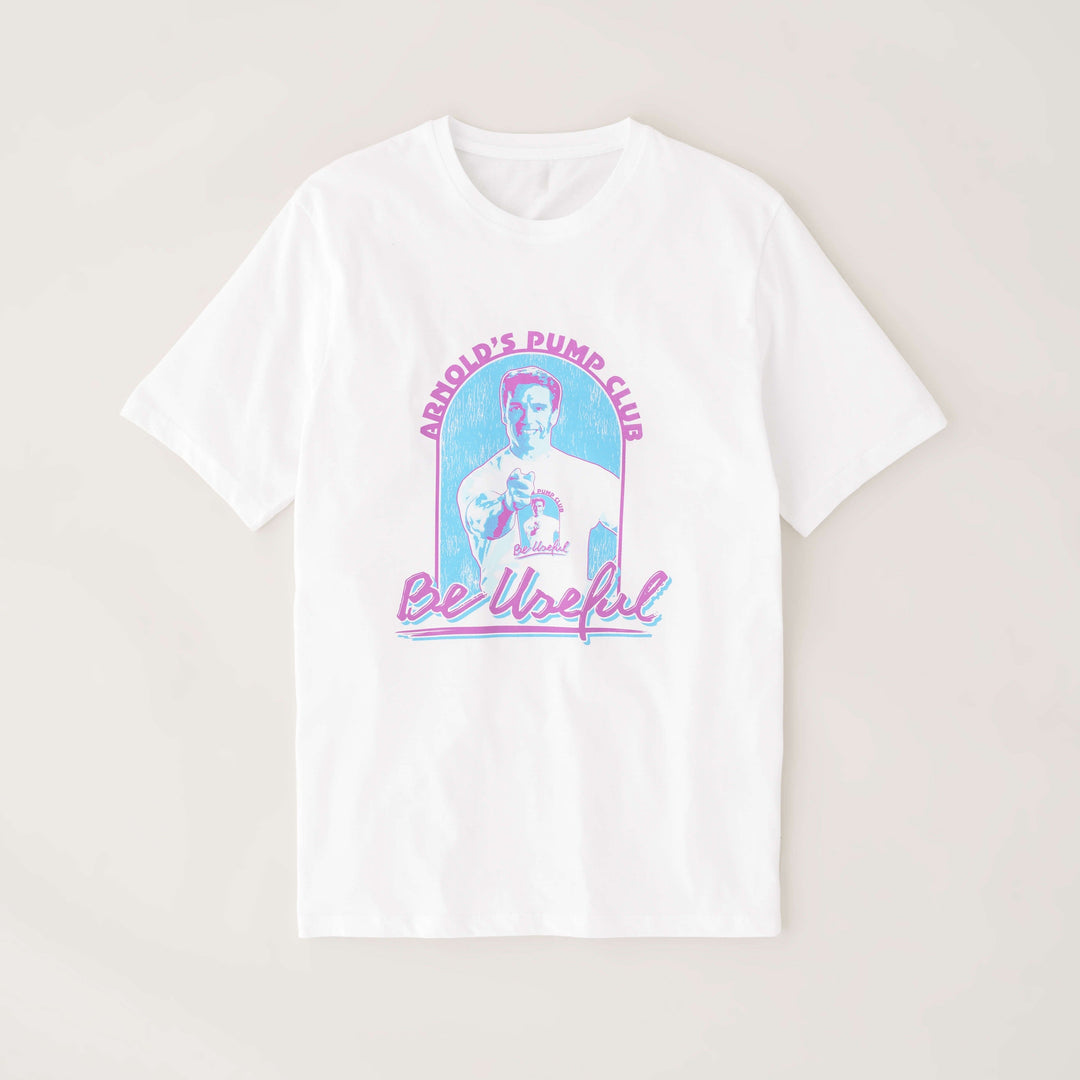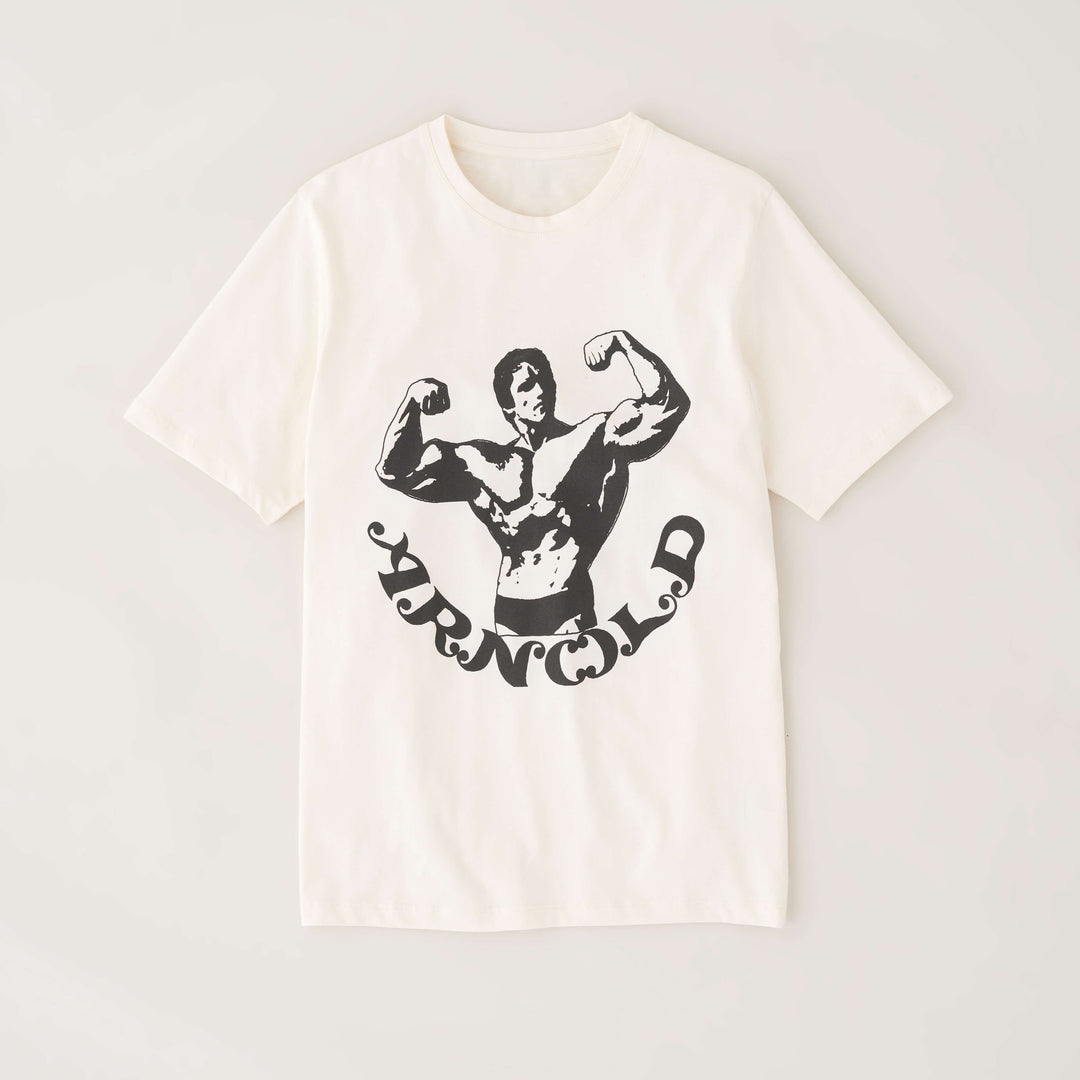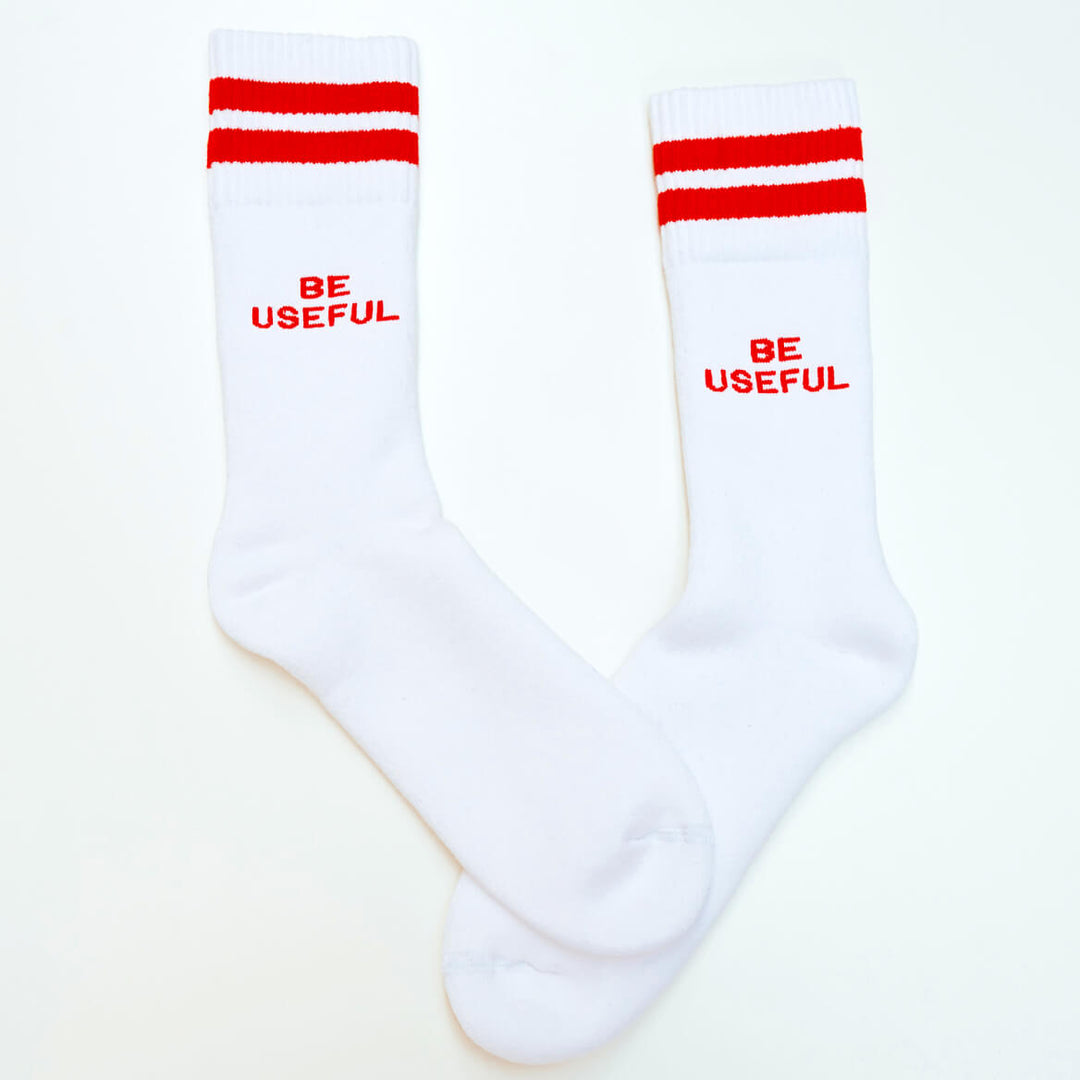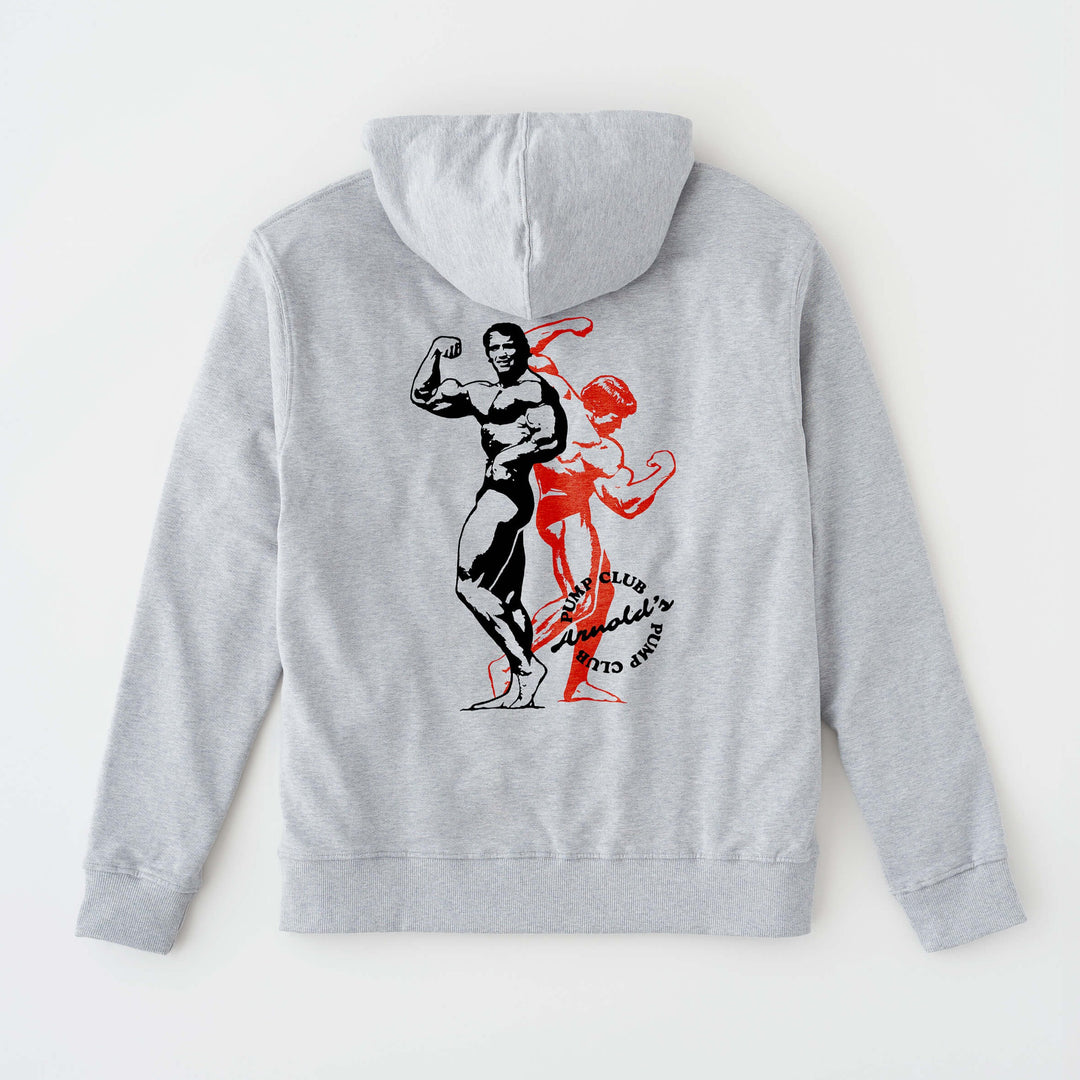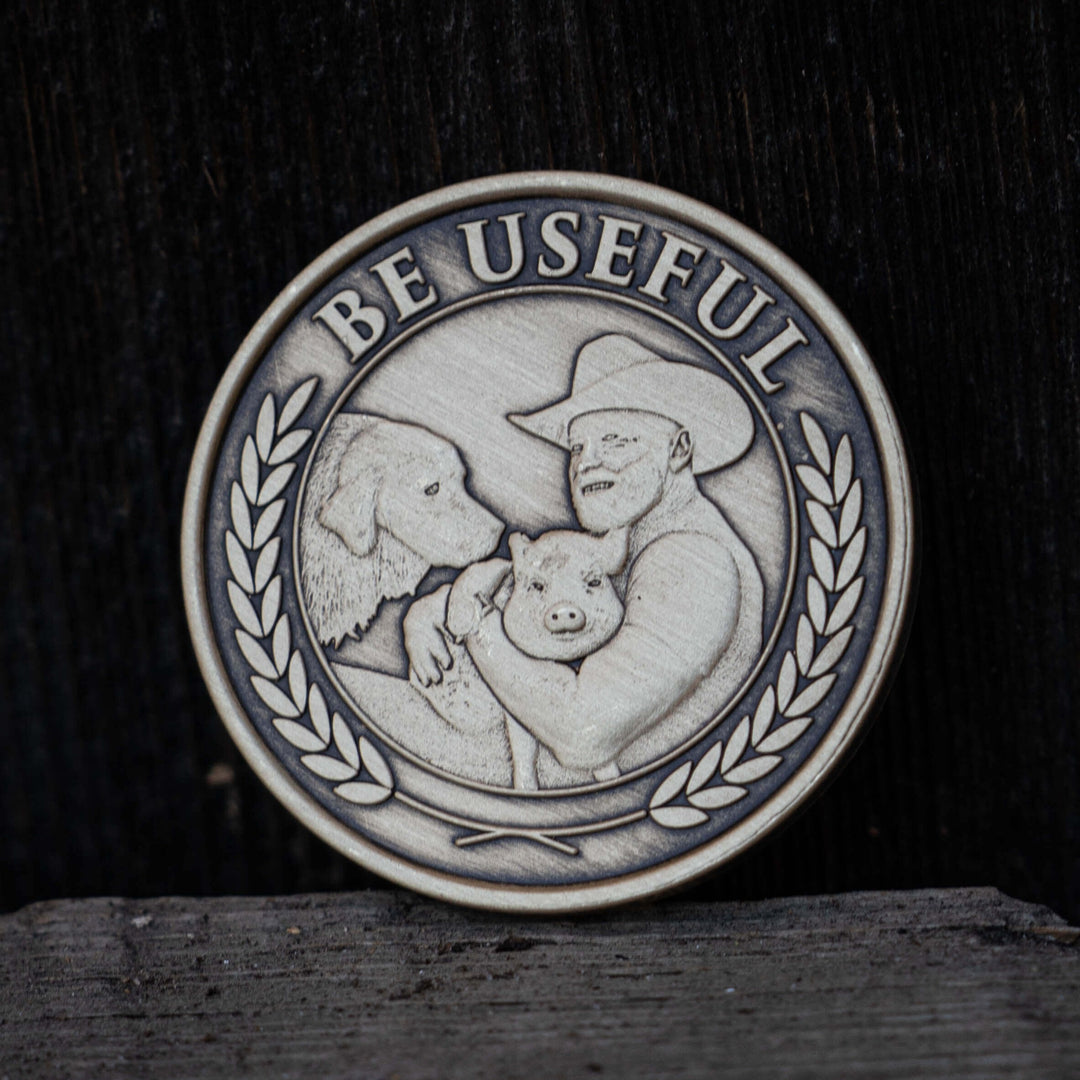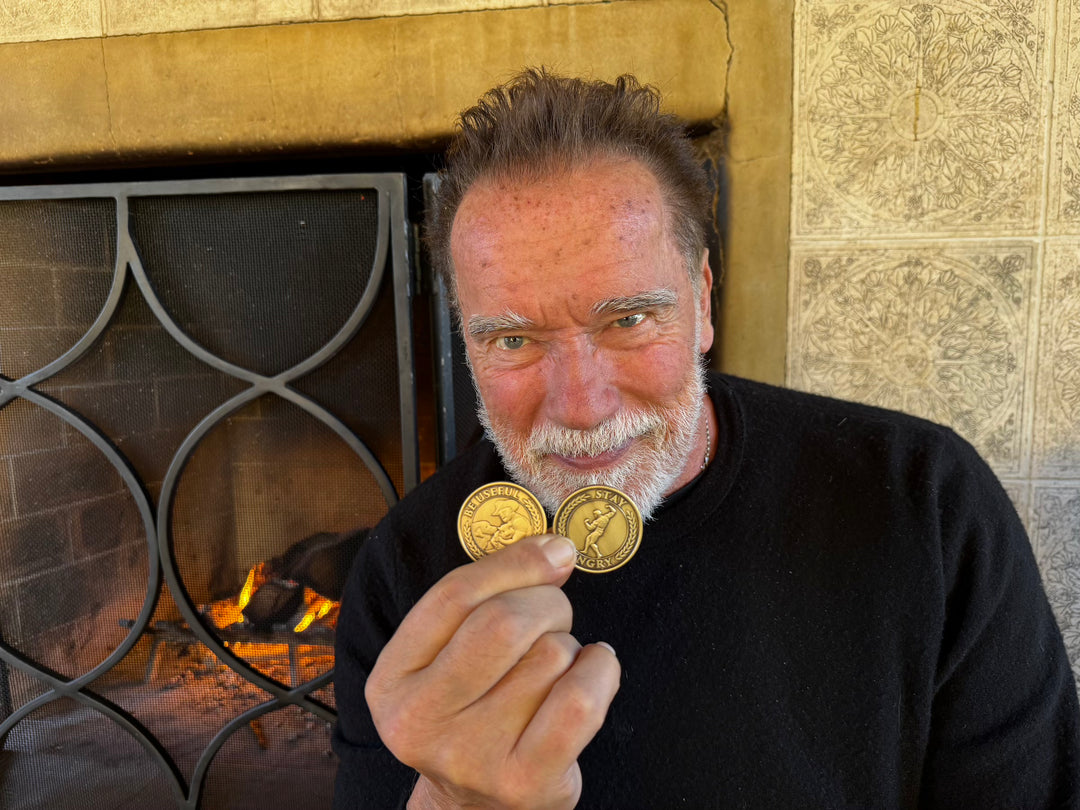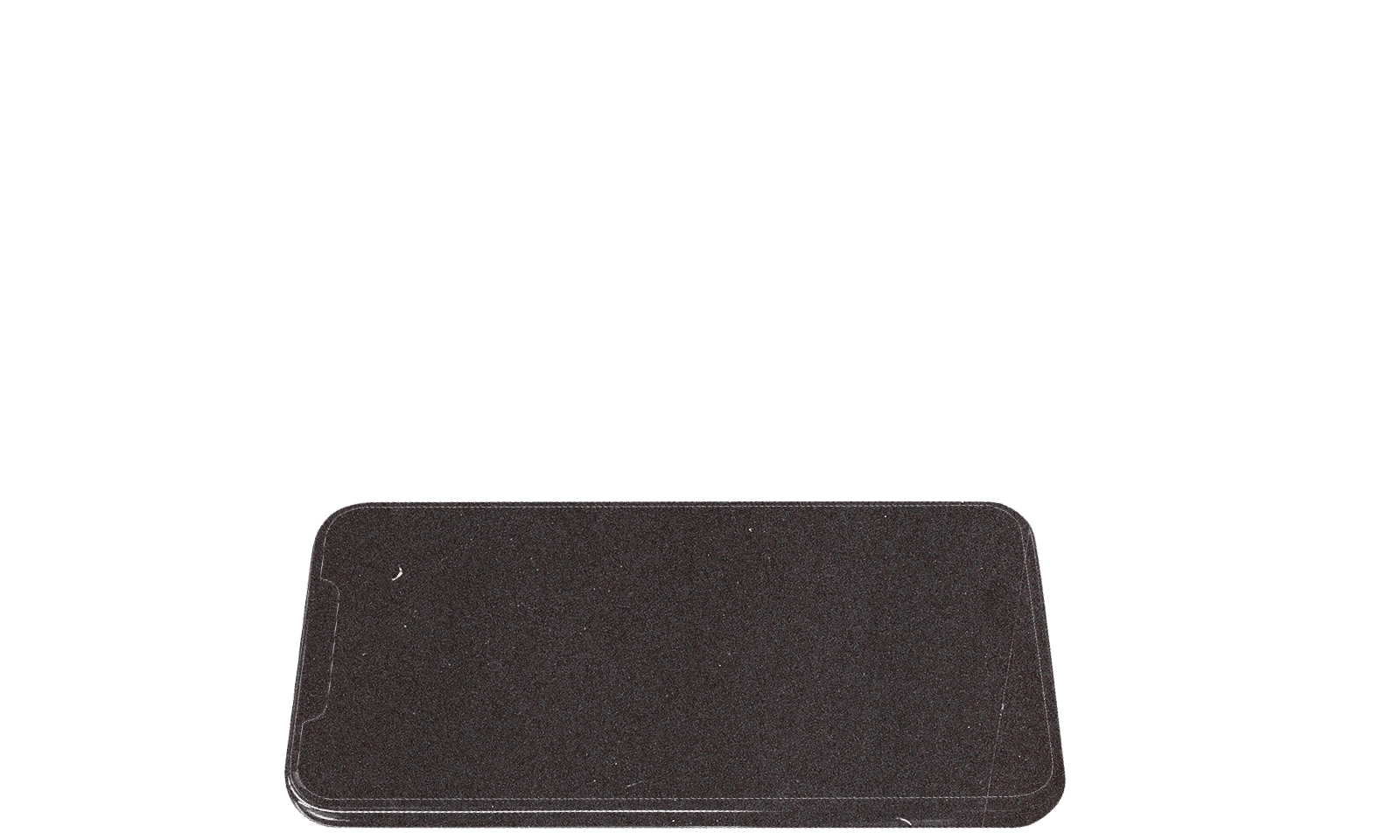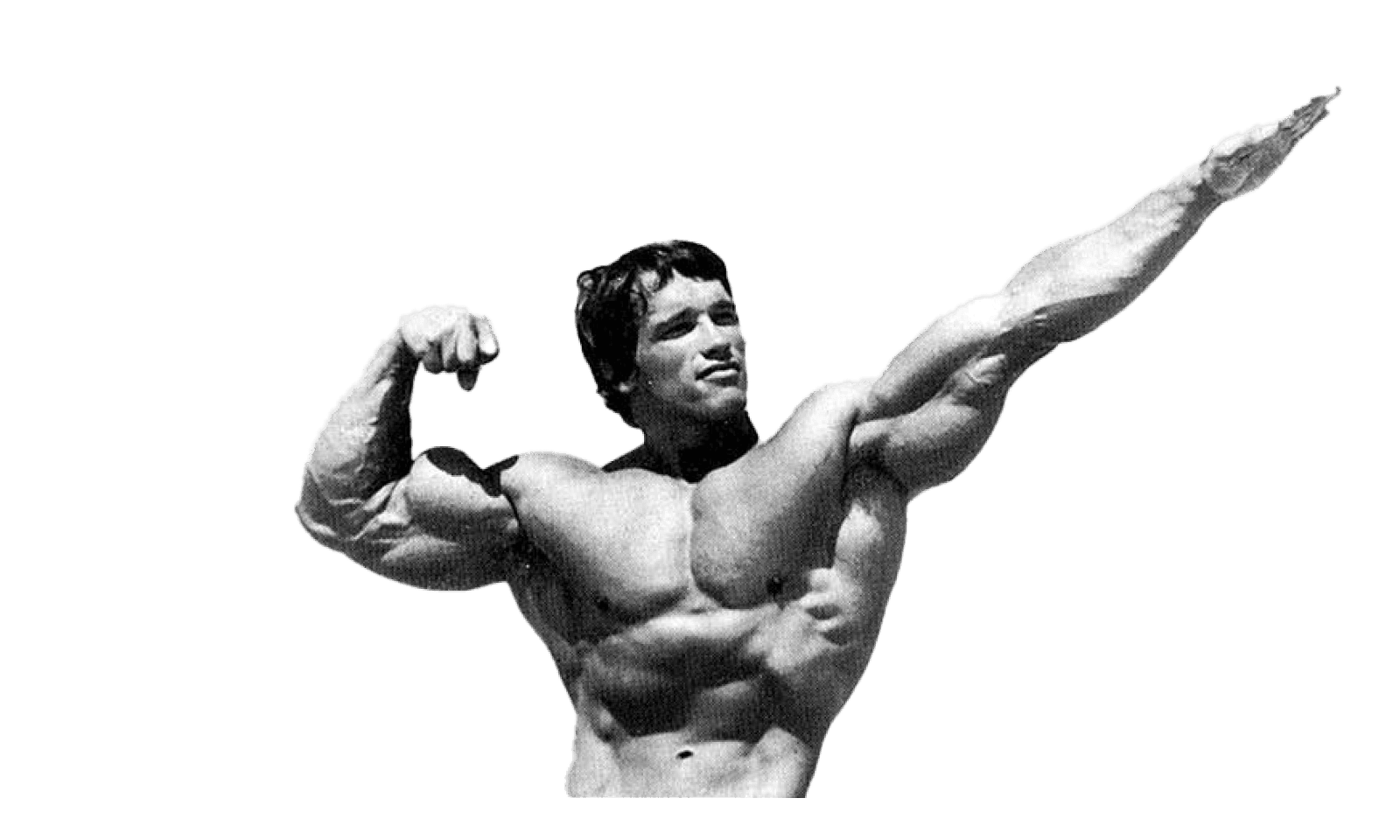Welcome to the positive corner of the internet. Every weekday, we help you make sense of the complex world of wellness by analyzing the headlines, simplifying the latest research, and providing quick tips designed to help you stay healthier in under 5 minutes. If you were forwarded this message, you can get the free daily email here.
Today’s Health Upgrade
Monday motivation
The mineral that fights soreness
How to resist aging
Workout of the week
Arnold’s Podcast
Want more stories from Arnold? Every day, Arnold’s Pump Club Podcast opens with a story, perspective, and wisdom from Arnold that you won’t find in the newsletter. And, you’ll hear a recap of the day’s items. You can subscribe on Apple, Spotify, Google, or wherever you listen to podcasts.
Arnold’s Corner
Monday Motivation
I get a lot of responses to the newsletter that say something like:
“I’m different than those examples you always share, who lost all that weight. It’s my genetics.”
You can replace genetics with a host of other excuses, and you can replace losing weight with many other goals, but the theme is always the same:
“I’m different.”
Yes, you are different. The difference between those people who did what you did is that they failed and got up, they struggled and kept pushing, they got uncomfortable and just accepted it.
They decided to stop making excuses because they are worth the hard work.
That’s the difference. Because, let’s be honest, talking about someone’s genetics when you don’t know them or their family is obviously a made-up excuse. And it’s a common one you see all over social media.
You must decide you are not different, but you are worth it.
Because I’ll be honest, none of this is easy.
If you want to do anything great, from losing weight to getting that job, your path there is going to be hard. There are going to be moments of such intense discomfort that you’ll assume something is wrong with you, and you’ll think the people you’ve seen succeed in this path had some type of advantage.
You will just have to tell yourself to keep going forward through the dark, because that was their advantage.
This is why I often tell people to have no Plan B. Once you have a Plan B, you’ve already put the doubt in your head.
You’ve already told yourself there is another acceptable vision besides your true vision.
What you have to tell yourself is that there is nothing that will stop you because you’re worth the work. When it gets hard, you’ll get stronger. When it feels impossible, you’ll redefine possible.
Like a Terminator, you’ll stay locked on that vision and let nothing stop you.
You have to stop making excuses.
You have to decide that you aren’t different.
But you are worth it.
Get going.
Together With Momentous
The Mineral Muscle Fix
Soreness is often seen as a sign of a hard workout, but what if there’s a way to reduce the ache and bounce back faster?
New research suggests that magnesium may speed recovery after intense training.
In a systematic review, researchers analyzed data from high-quality studies that focused solely on magnesium supplementation and its effects on physically active individuals, without combining magnesium with other nutrients or recovery methods.
Across the board, the results pointed to a consistent benefit: participants who supplemented with magnesium experienced reduced delayed onset muscle soreness (DOMS), improved performance, and a faster return to training. The studies also suggested that magnesium may have a protective effect against muscle damage.
Magnesium plays a vital role in over 300 biochemical reactions in the body, including muscle contraction, energy production, and neuromuscular control. When your magnesium levels are low, it can impair performance and make it harder for your muscles to recover. During and after exercise, magnesium helps regulate inflammation, reduce muscle cramps, and support faster recovery.
The researchers concluded that individuals who train intensely may require 10 to 20 percent more magnesium than the average person. While it’s not conclusive, it appears that taking magnesium approximately two hours before exercise may be beneficial.
If you deal with recurring soreness or slow recovery, consider testing your magnesium intake. Foods like almonds, pumpkin seeds, spinach, and black beans are great sources. But if you're not getting enough through your diet, a quality magnesium supplement like Momentous Magnesium Threonate. It’s a highly absorbable form designed to support brain and muscle function. It’s third-party tested and trusted by elite athletes. And, perhaps most importantly, because it’s not a citrate, the magnesium is easier on your stomach and doesn’t cause gastrointestinal issues.
As an APC reader, you get up to 35 percent off any Momentous subscription or 14 percent off a one-time purchase. Just use the code “PUMPCLUB” at checkout.
Longevity
How To Resist Aging
The usual sentiment is that the training in your younger days protects you in your older days. That’s true, but the workouts you log during your older days resonate even more — and continue to pay off later in life.
Scientists found that heavy resistance training in your later decades helps preserve muscle and strength for years.
Researchers assigned healthy retirees to one of three groups: heavy resistance training, moderate-intensity training, or a control group with no structured exercise. Participants were assessed at baseline, after the one-year intervention, and then again two and four years after the study began.
Four years later, only those who performed heavy resistance training were able to maintain their leg strength.
The researchers believe that high-load training triggers neuromuscular adaptations and helps preserve fast-twitch muscle fibers, which are especially prone to age-related loss (sarcopenia). By stressing the muscles at higher intensities, older adults can maintain their function well beyond the training period.
It’s just another reminder that if you choose to slow down, so will your body. There’s a myth that you can’t lift heavy as you age — but doing so (assuming good form and not lifting beyond what you can handle) is what research finds gives you the best chance at fighting off physical and mental decline.
Programs that include rep ranges from 5 to 10 reps and continually help you become stronger could be what helps maintain your mobility, independence, and quality of life for years. If you need a place to start, The Pump app has you covered. Try it free for 7 days to experience the difference.
Fitness
Workout Of The Week
Want to get instantly stronger? Wave training can help.
Wave clusters—like 5-3-4-2—build strength by overloading your body with sets that are seemingly less than you can handle. But as the reps pile up in a wave, you end up doing significantly more work.
For example, you can structure wave workouts with just two movements. Pair an upper body and a lower body exercise, and that’s all you need.
For example, you could combine deadlifts and bench presses. Select a weight you can normally perform for 7 to 8 reps.
On your first set, you’ll do 5 reps of deadlifts followed by 5 reps of bench press. You’ll have more in the tank on each set, and that’s the point.
Then, you’ll do 3 reps of deadlifts and 3 reps of bench press, at the same weight. Follow with 4 reps of each, and finally 2 reps. That’s one “wave” and then rest for 3 to 4 minutes.
Add it all up, and you just completed 14 reps using a weight you could normally do for just 7 or 8 reps.
The end result: while keeping fatigue manageable, you add strength and muscle, and the added volume of pairing the exercises is a cardio challenge.
How to Do It
Alternate between two compound lifts Perform 1 full wave cluster of each (5 reps, rest, 3 reps, rest, 4 reps, rest, 2 reps). Then rest 3 to 4 minutes and repeat for 2 to 3 total waves per exercise.
Exercise 1: Deadlift (dumbbell or barbell)
Wave Cluster: 5–3–4–2
Load: Choose a weight you could lift for 7 to 8 reps max
Rest: 60 seconds between reps in the wave
Exercise 2: Bench Press (Barbell or Dumbbells)
Wave Cluster: 5–3–4–2
Load: As above—use ~6–7 rep max
Rest: 60 seconds between reps in the wave, 3 to 4 minutes between waves
Give it a try and start your week strong!
—
Publisher: Arnold Schwarzenegger
Editors-in-chief: Adam Bornstein and Daniel Ketchell




